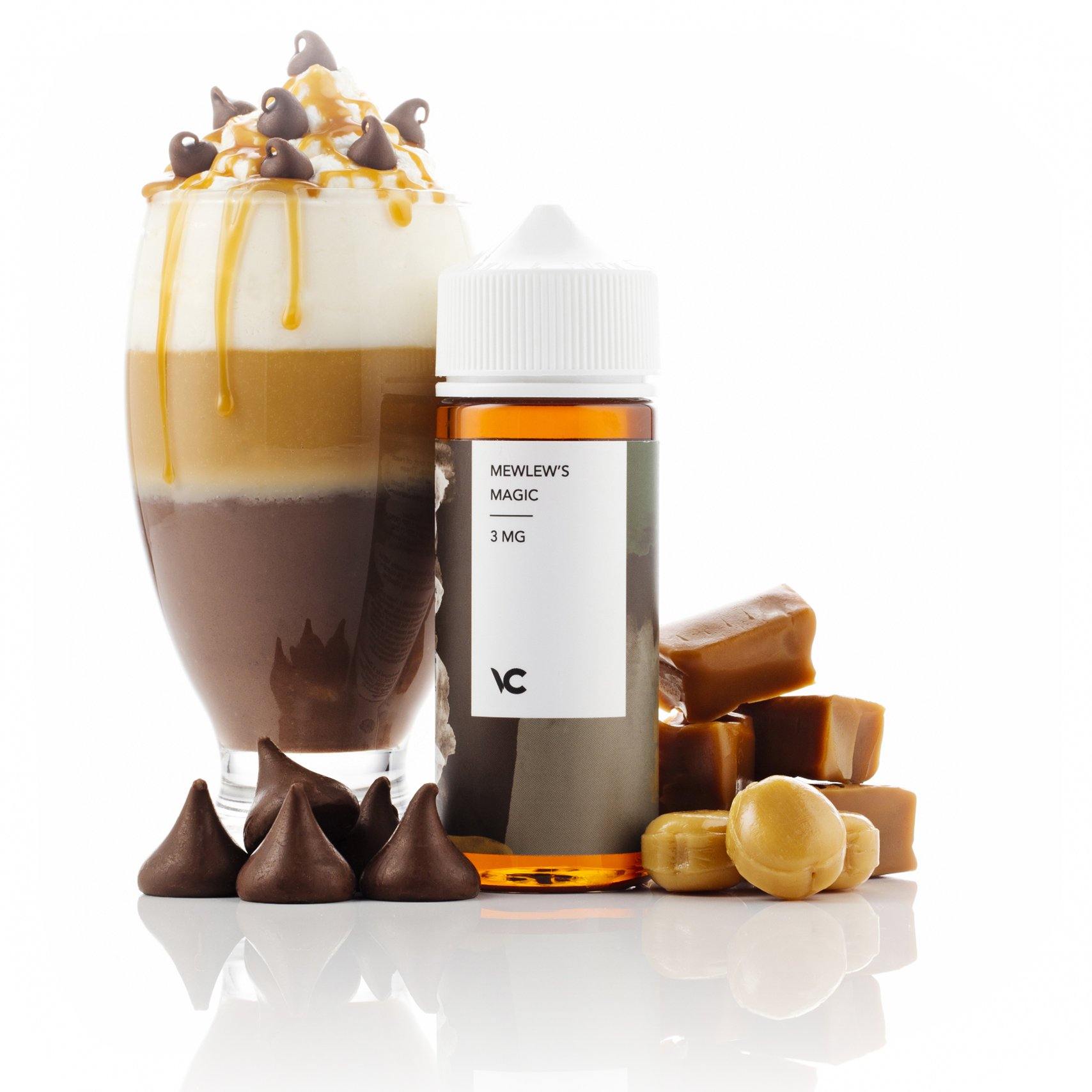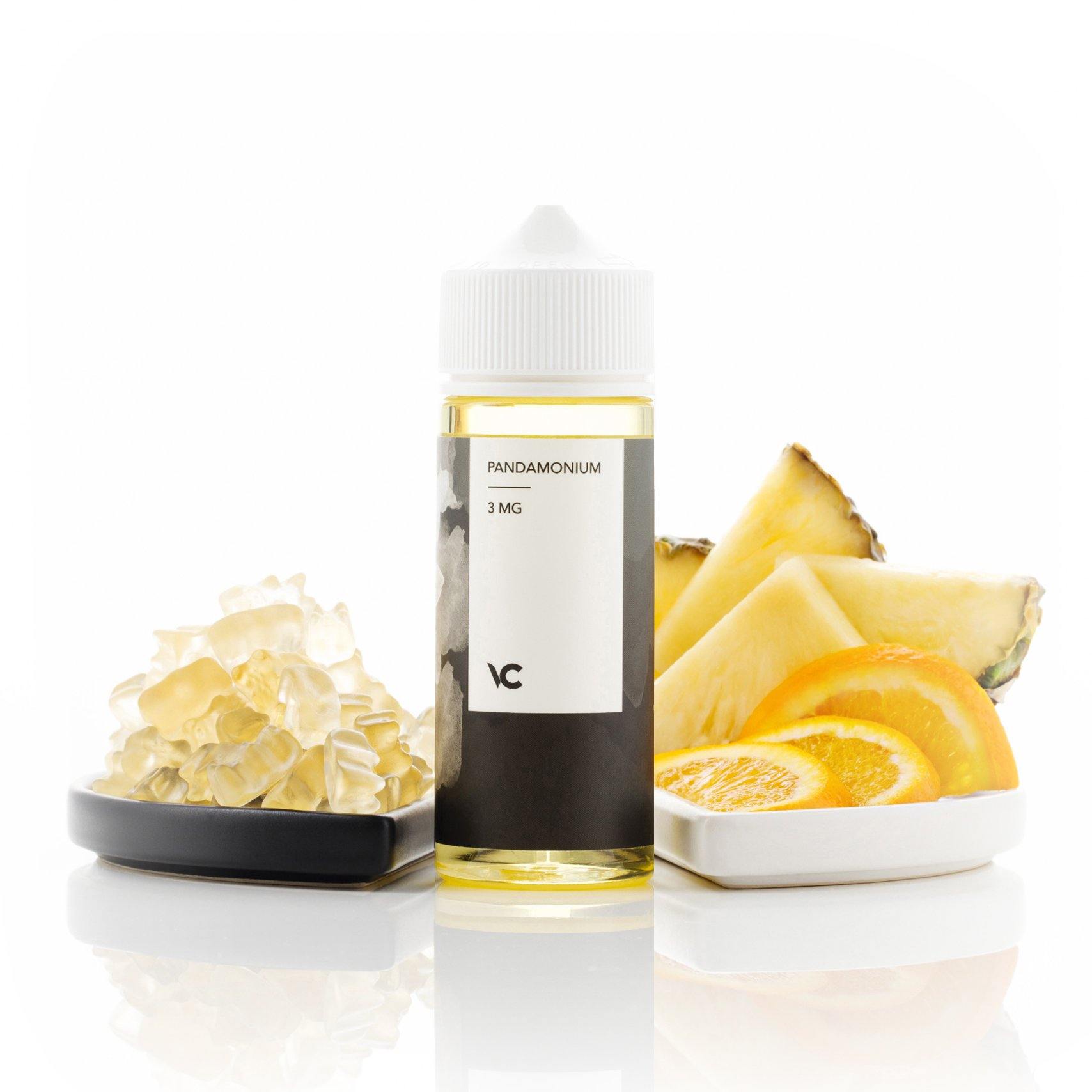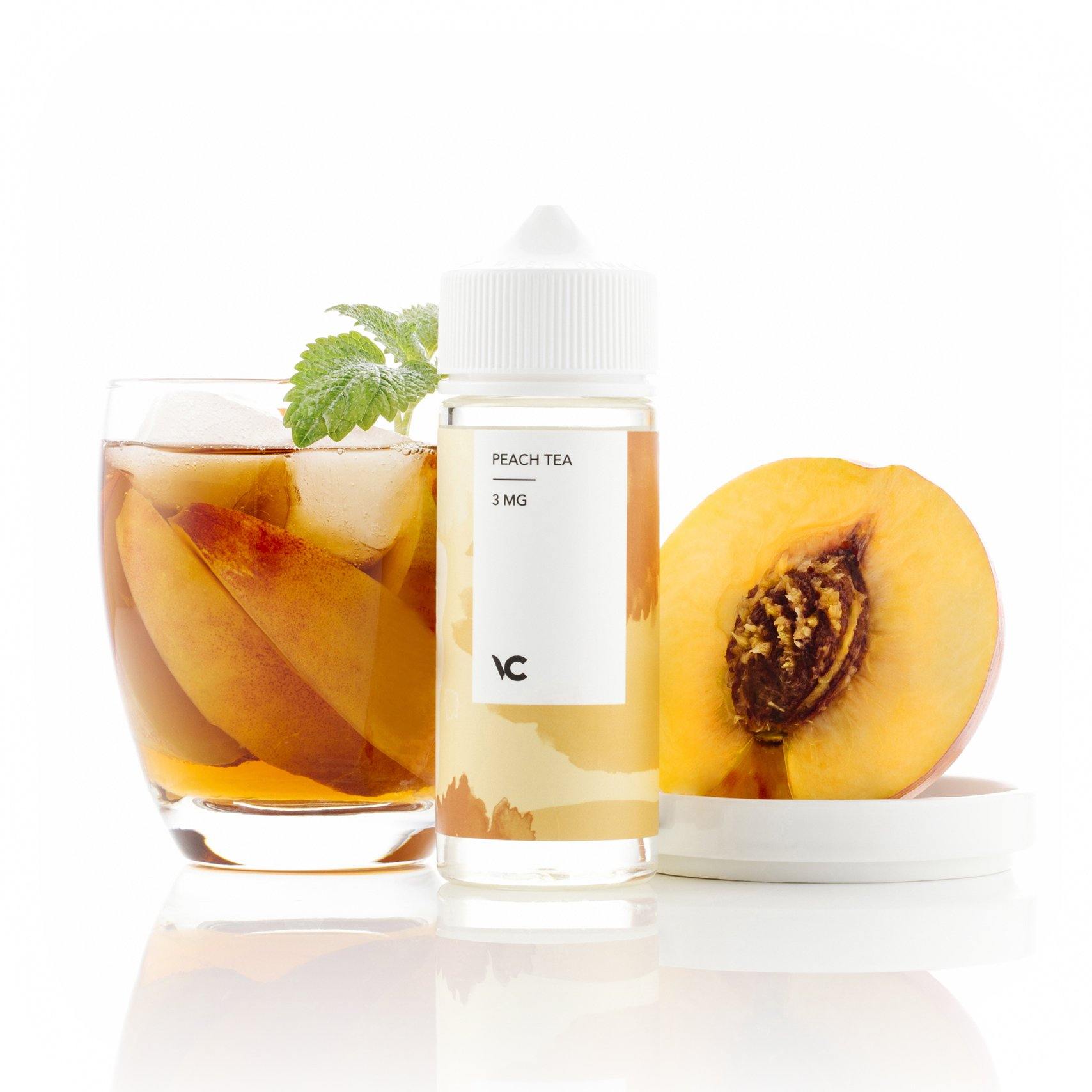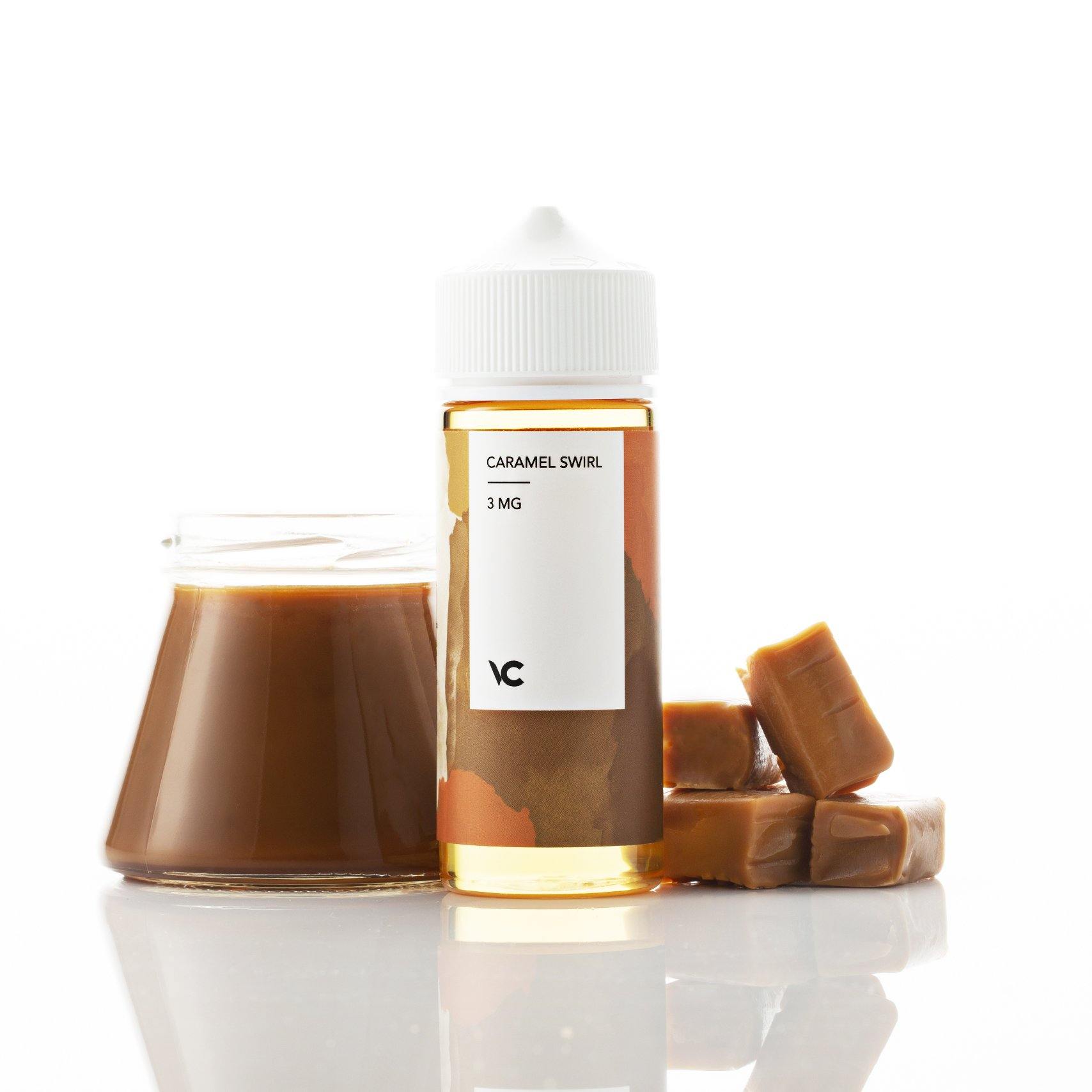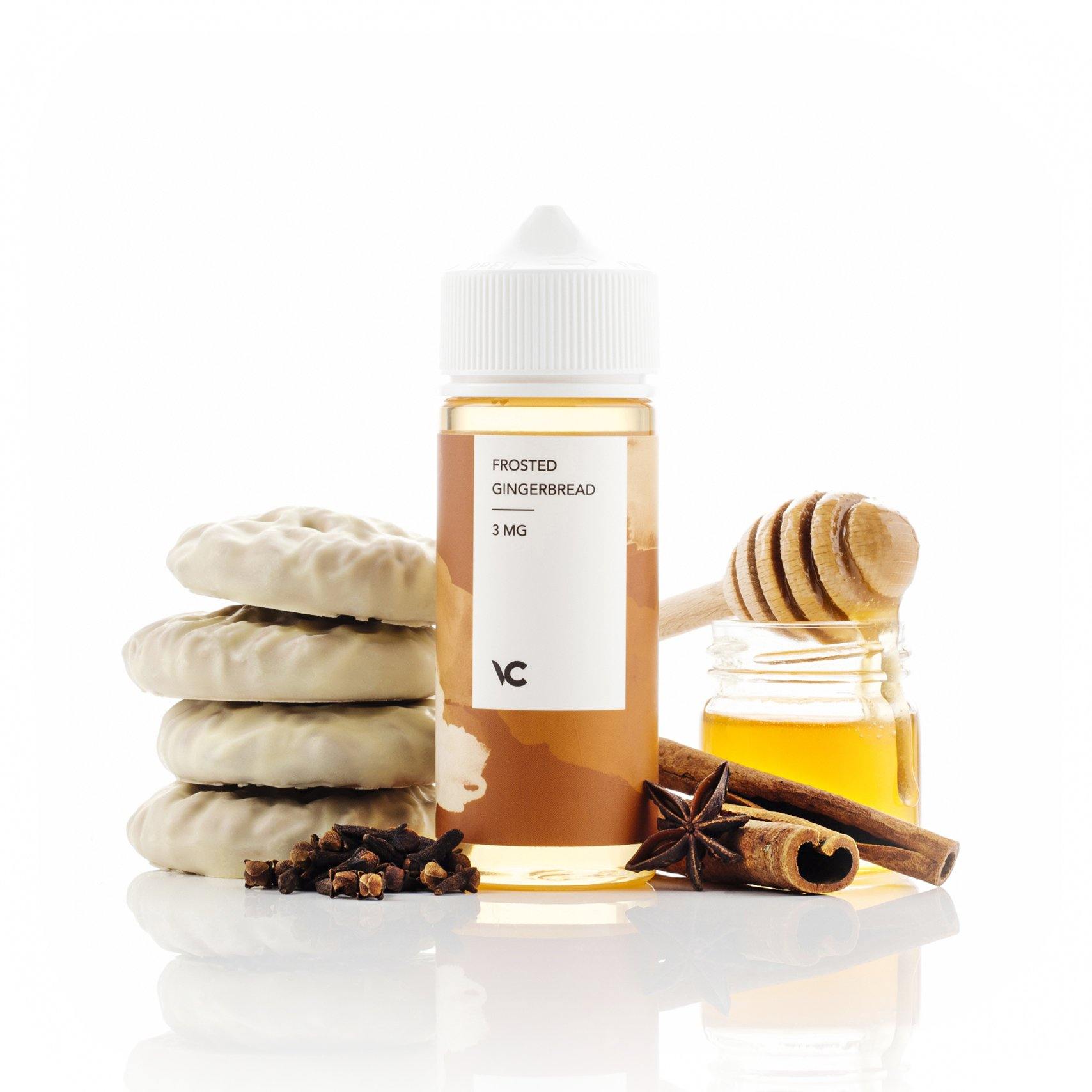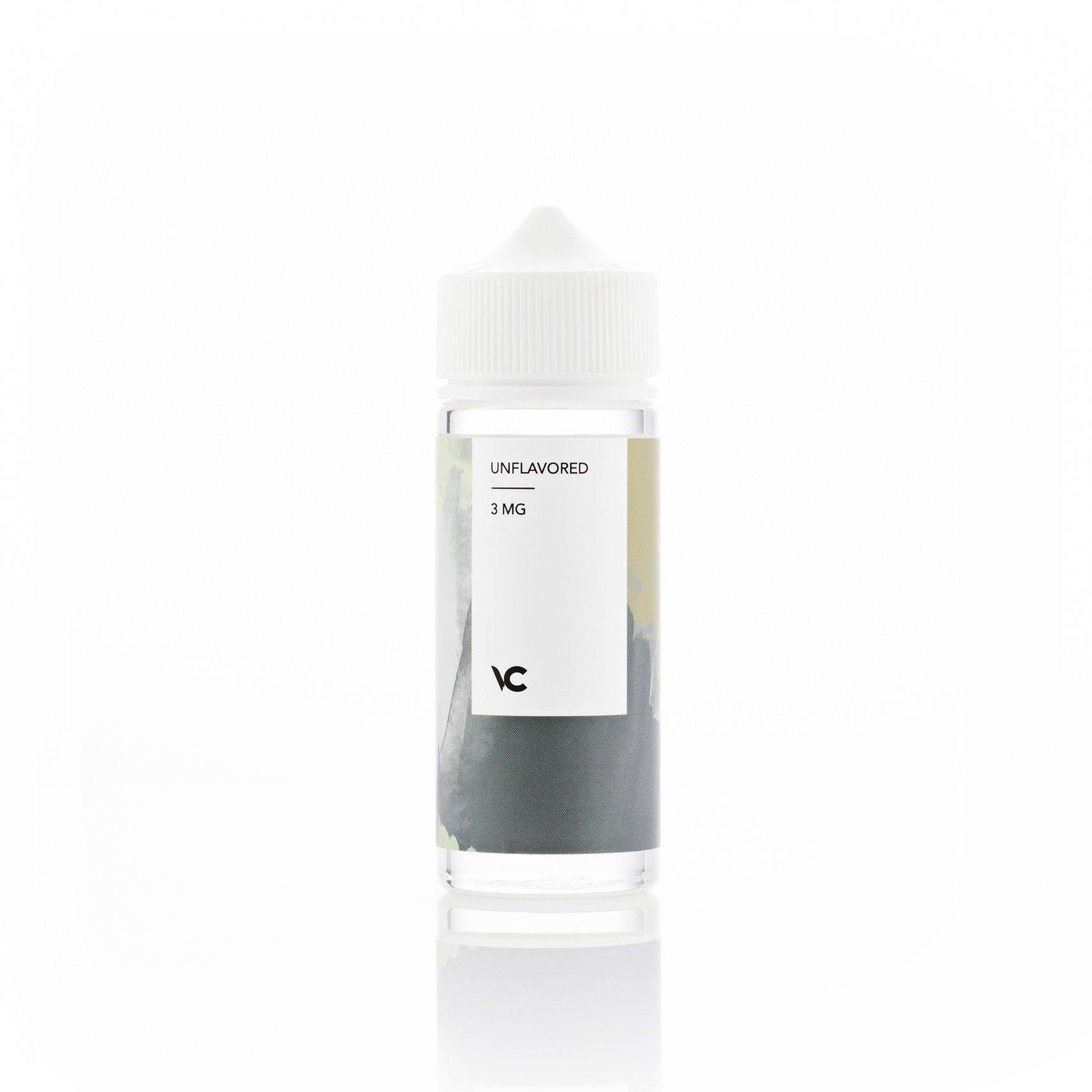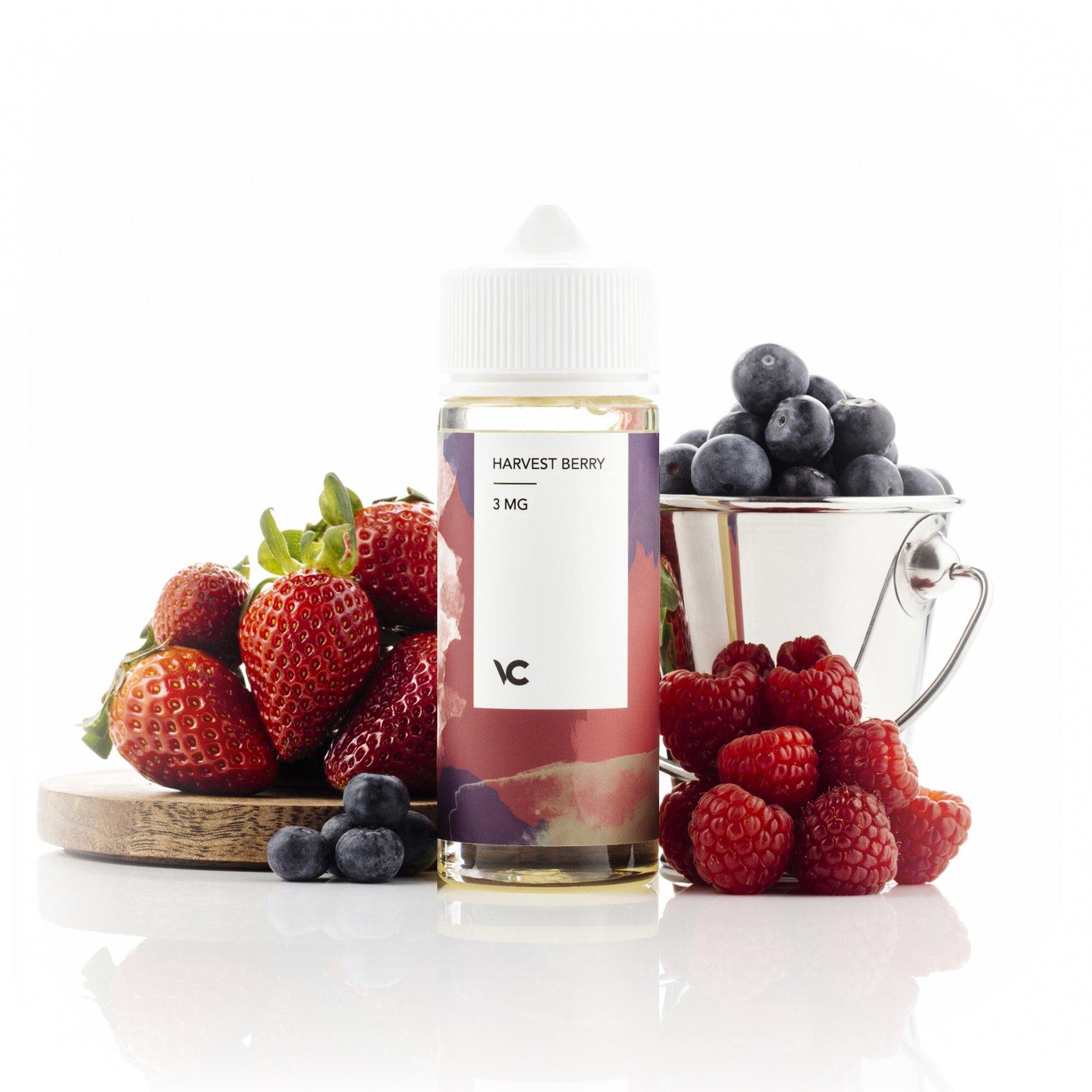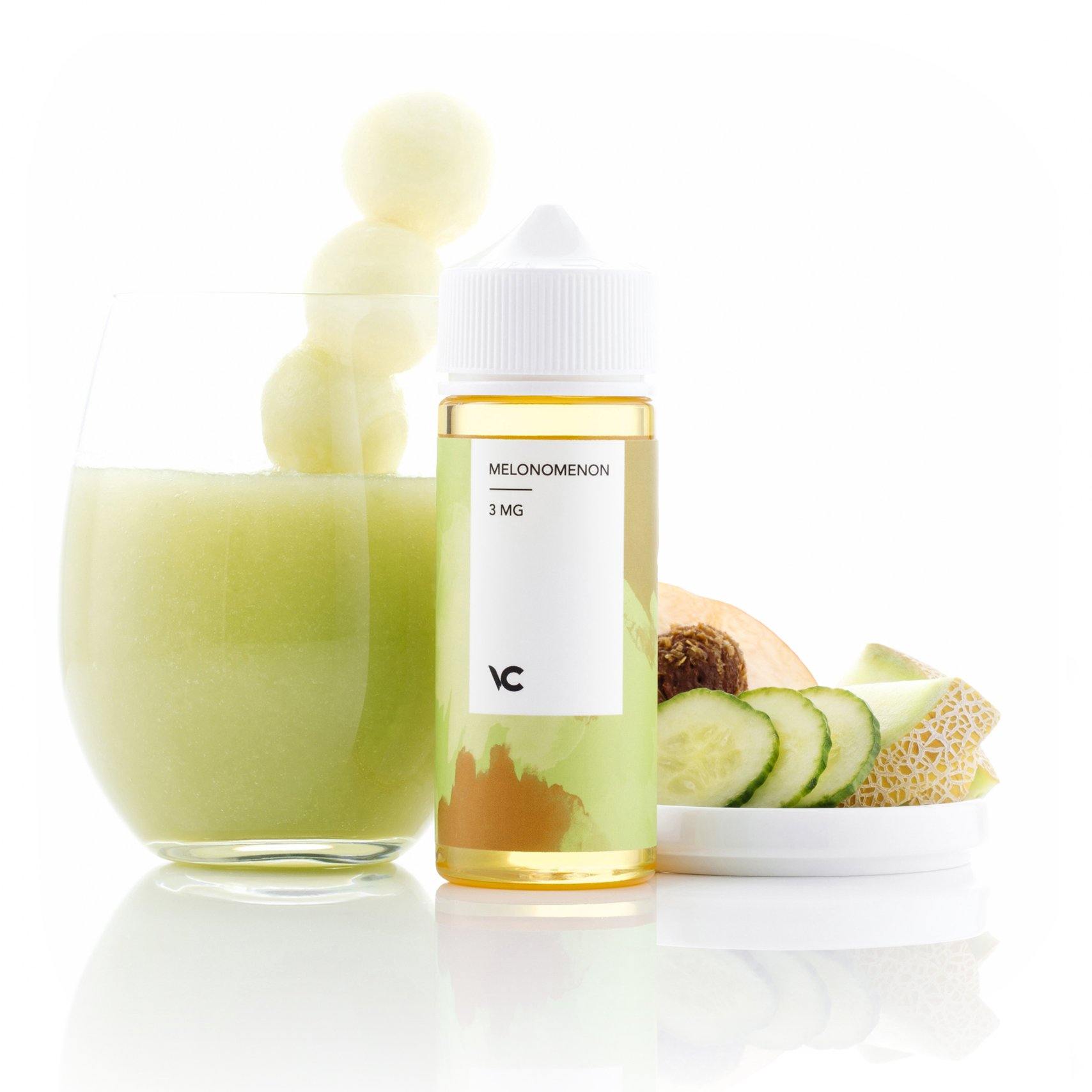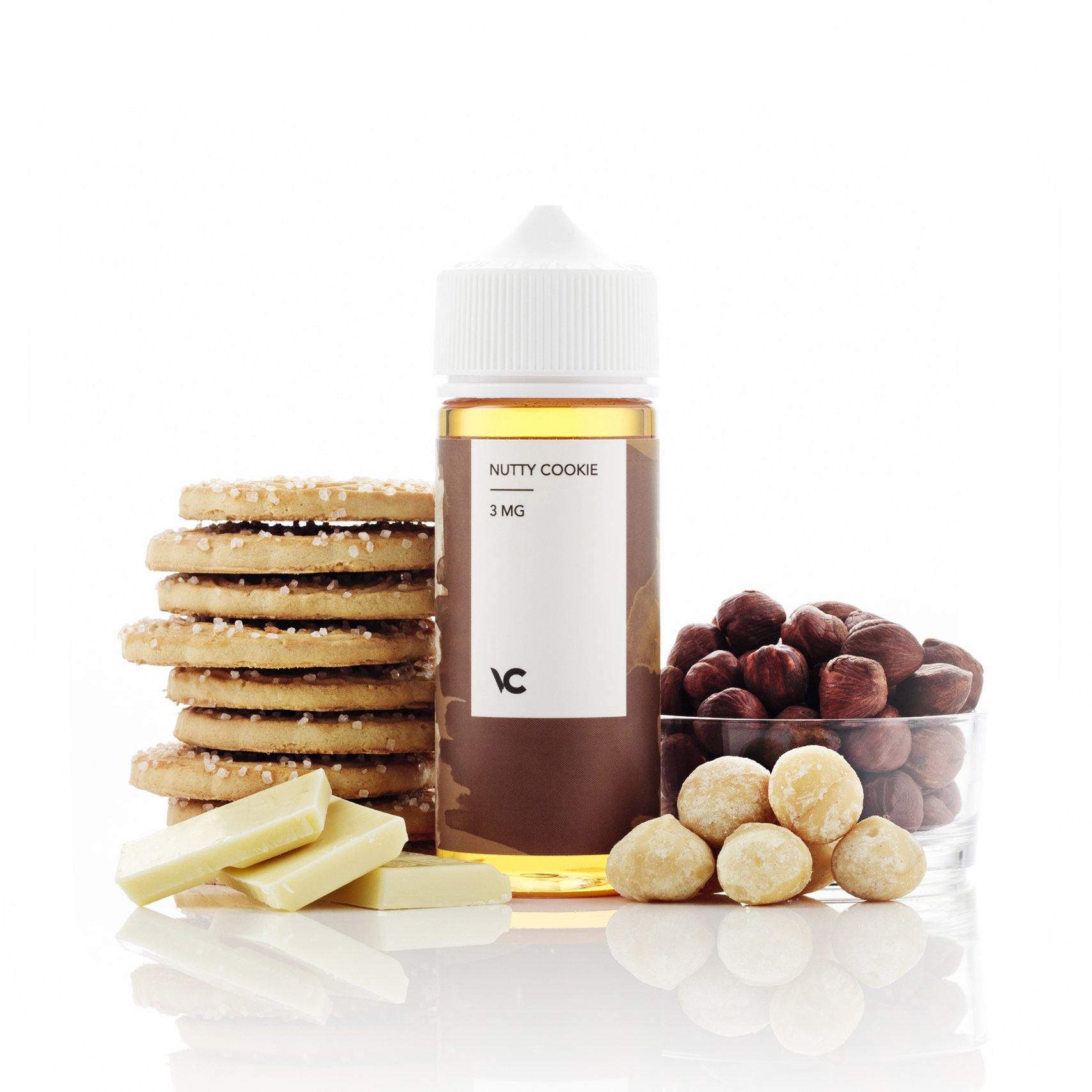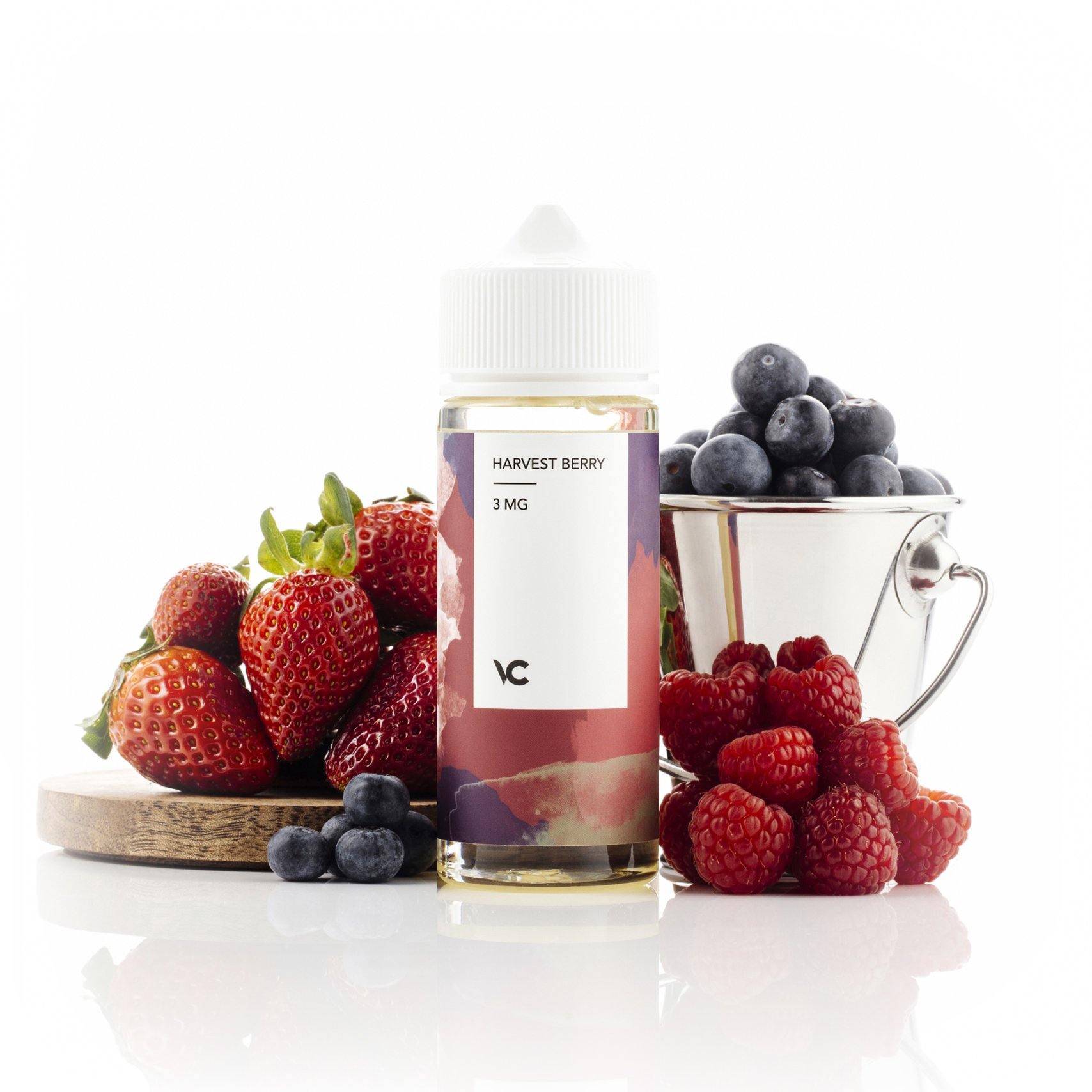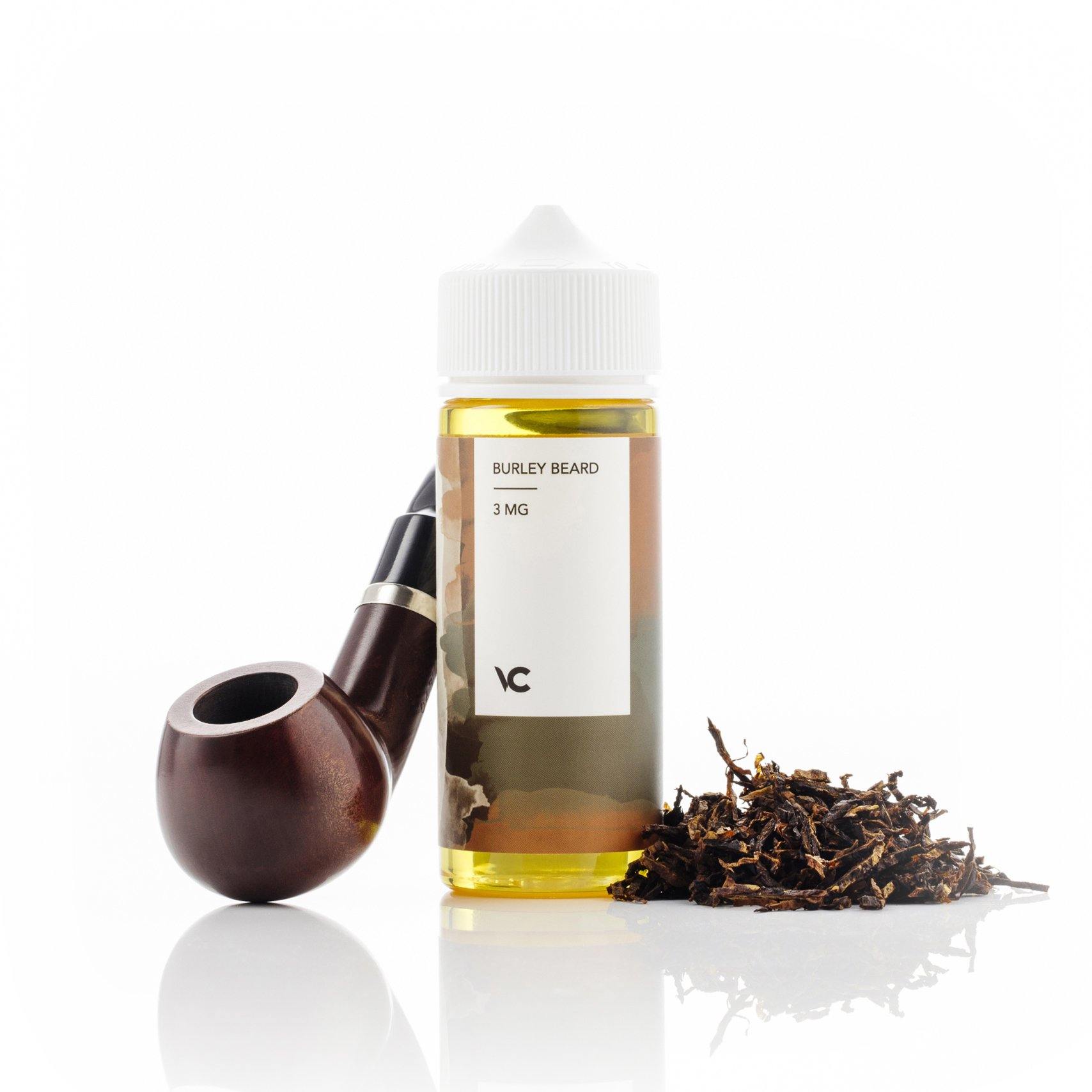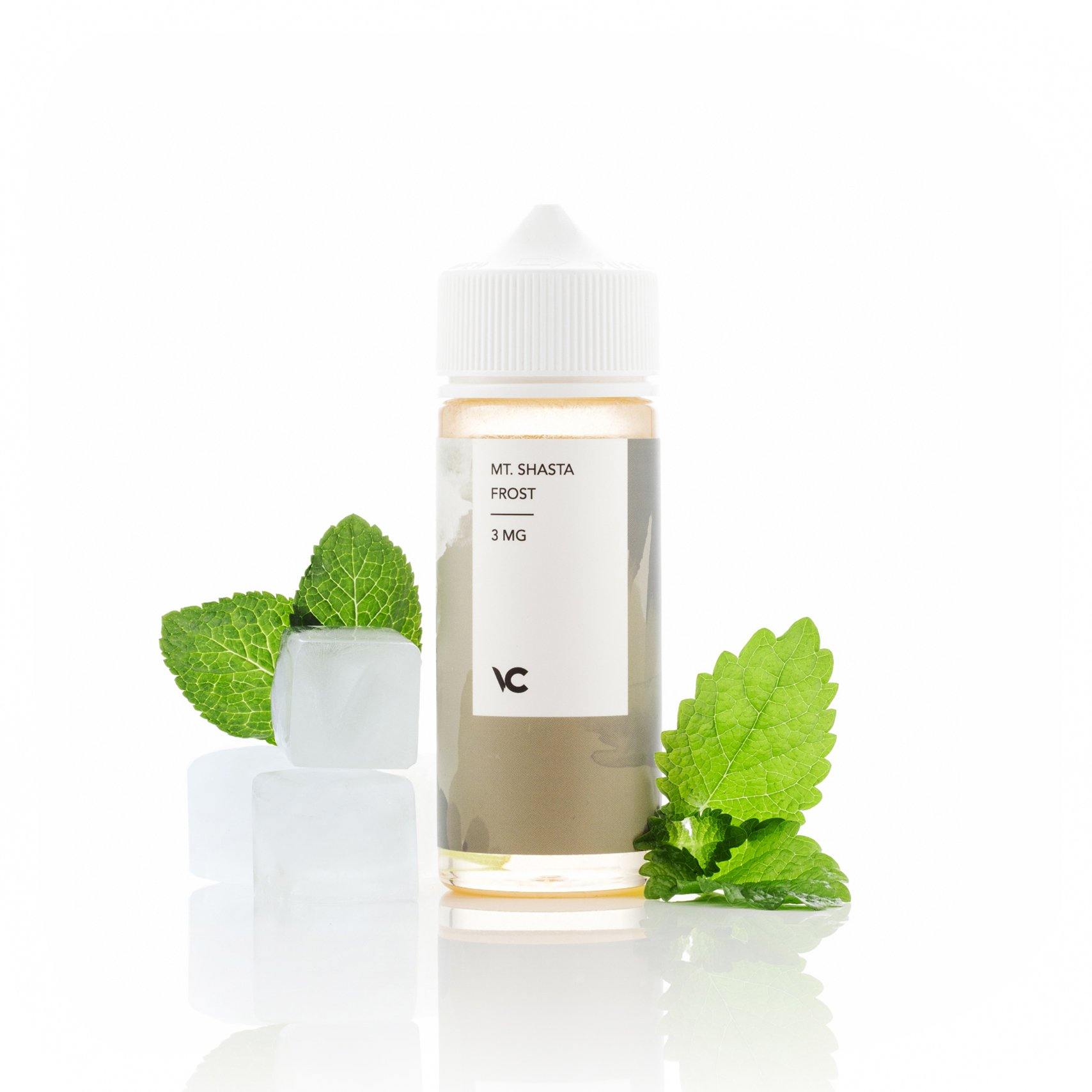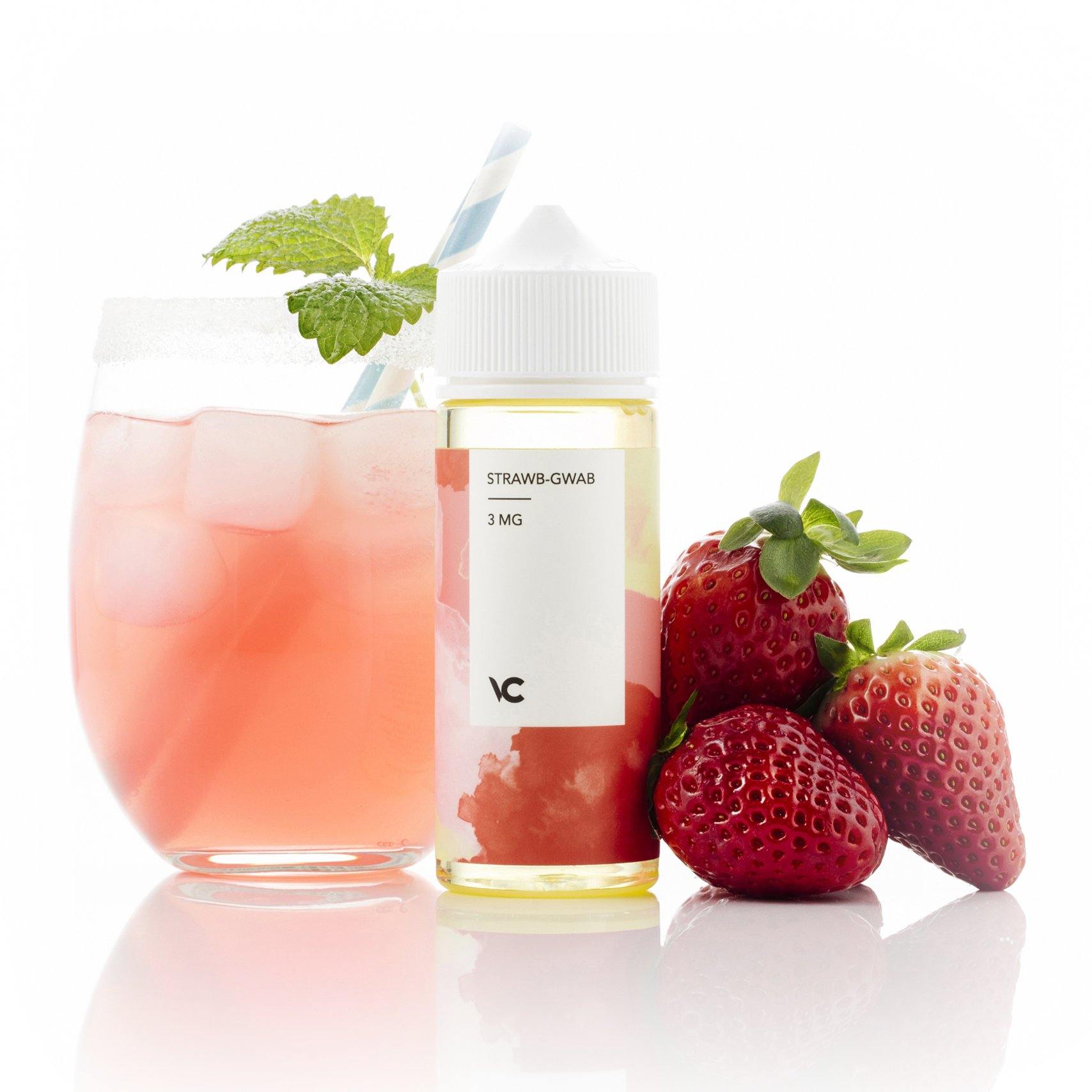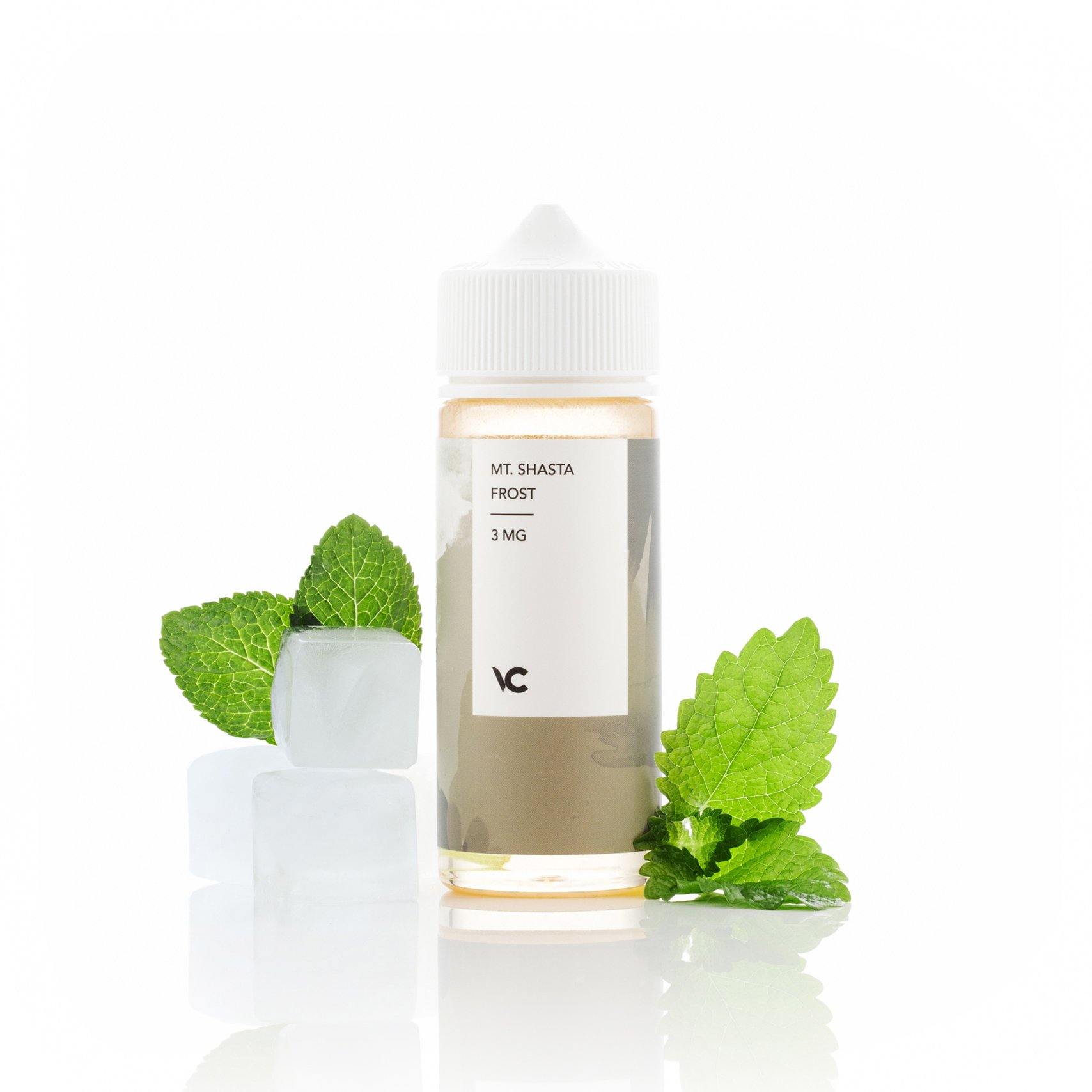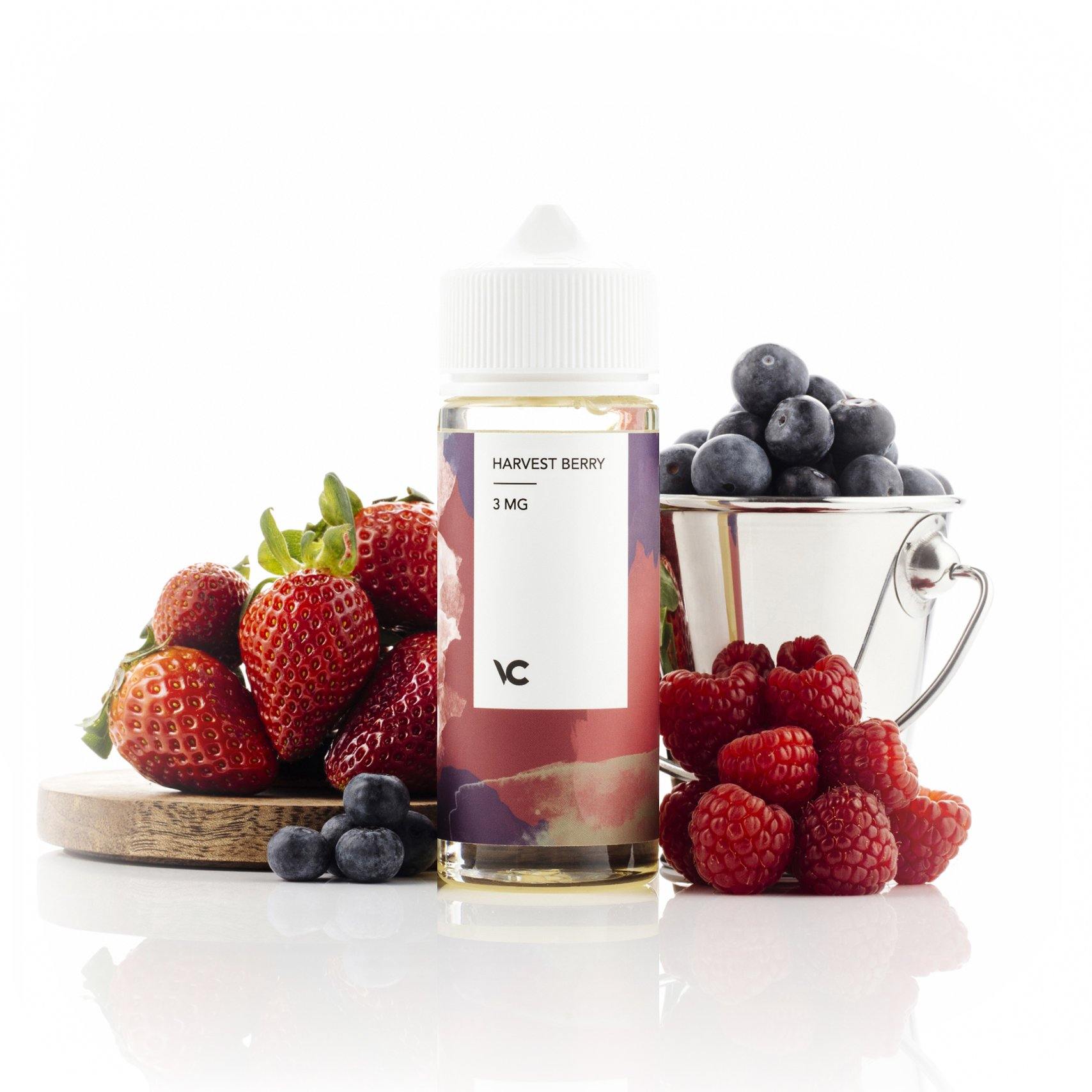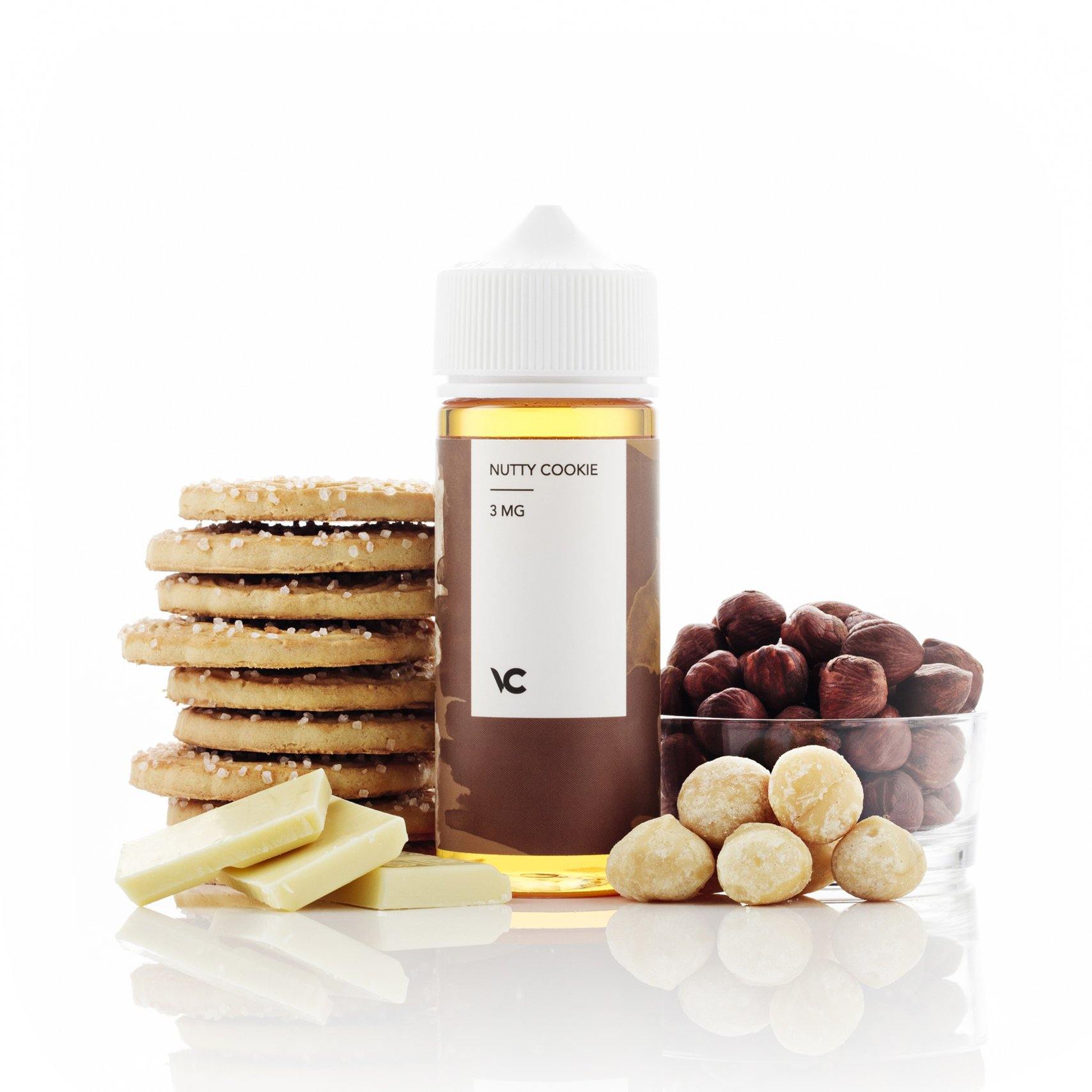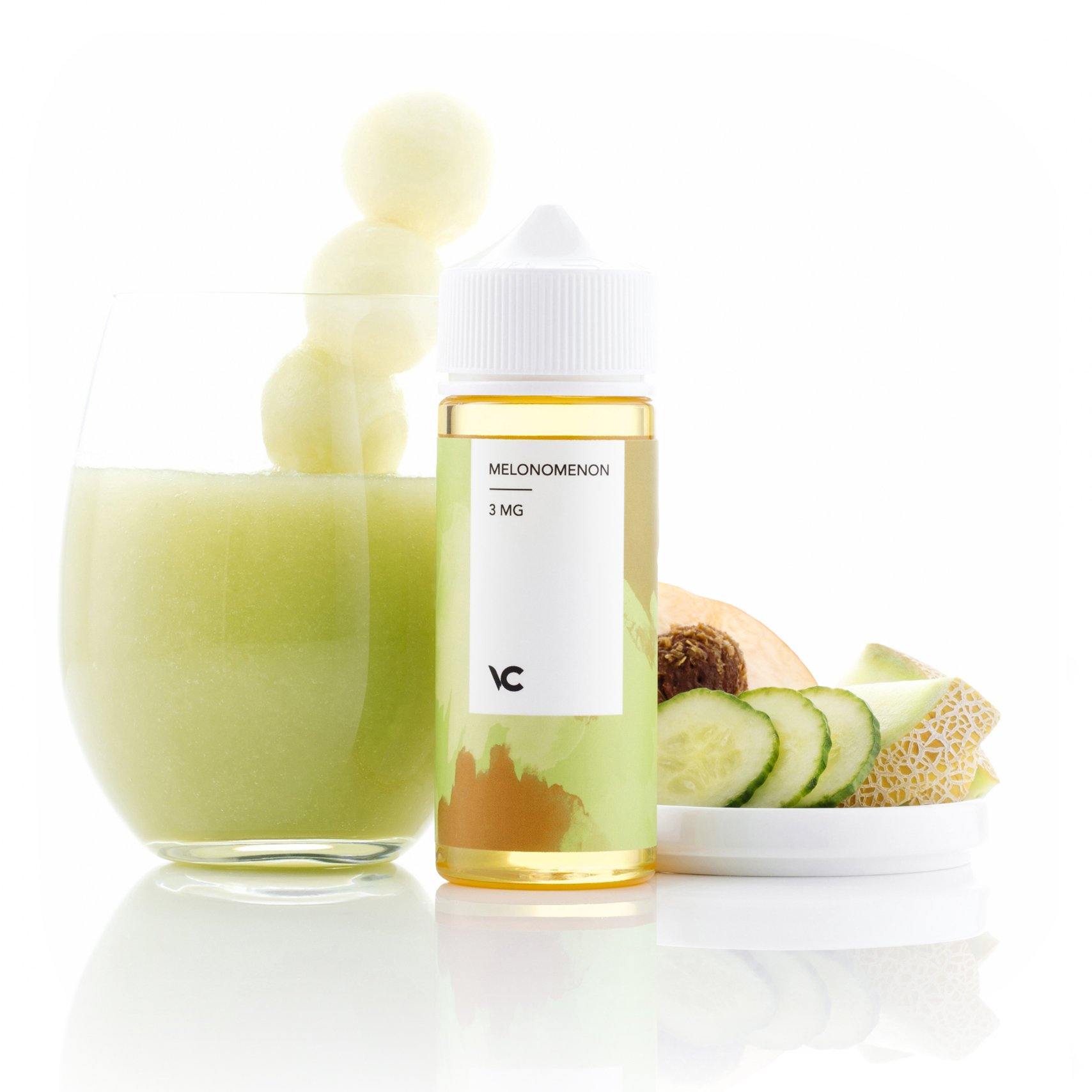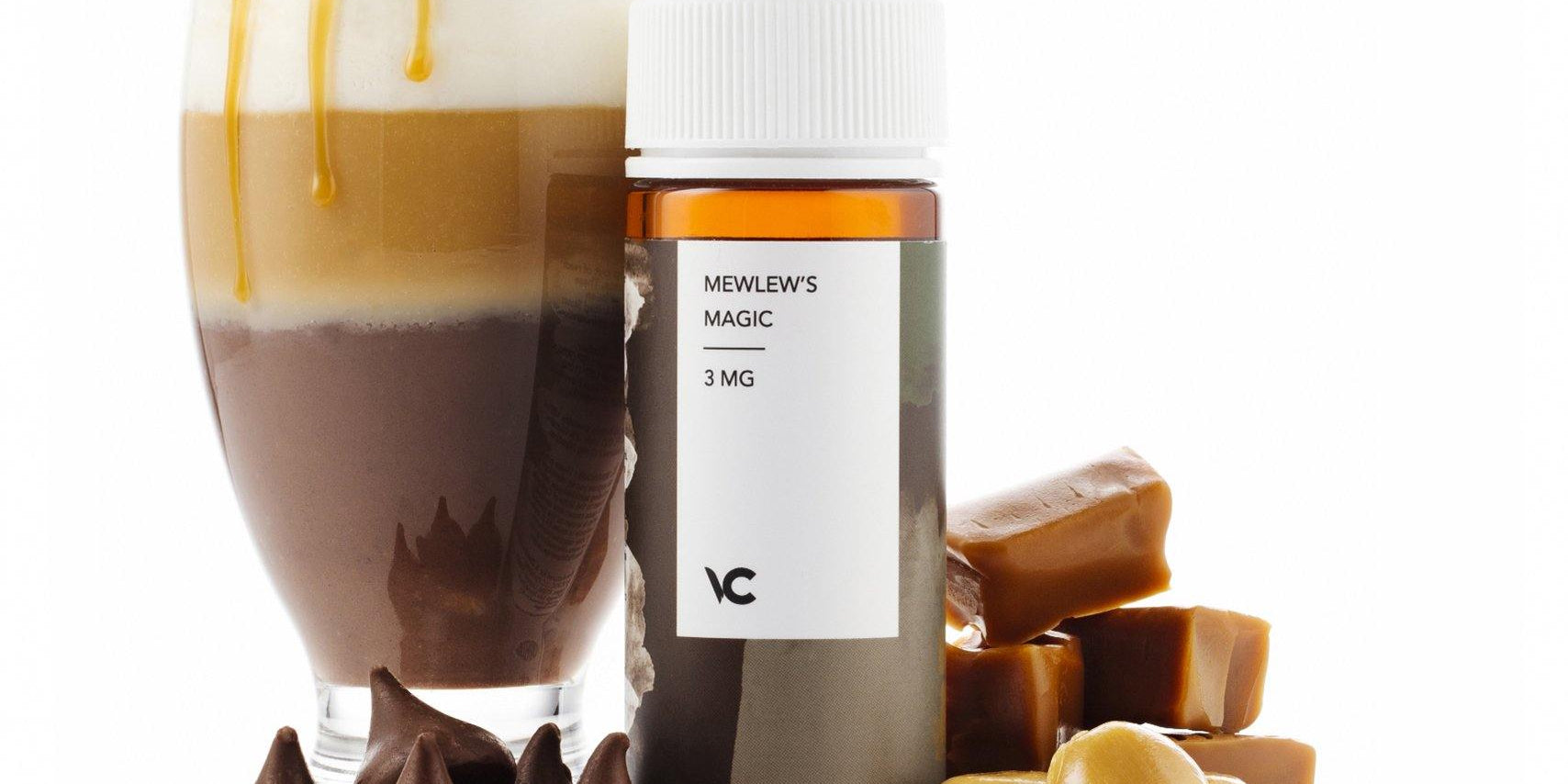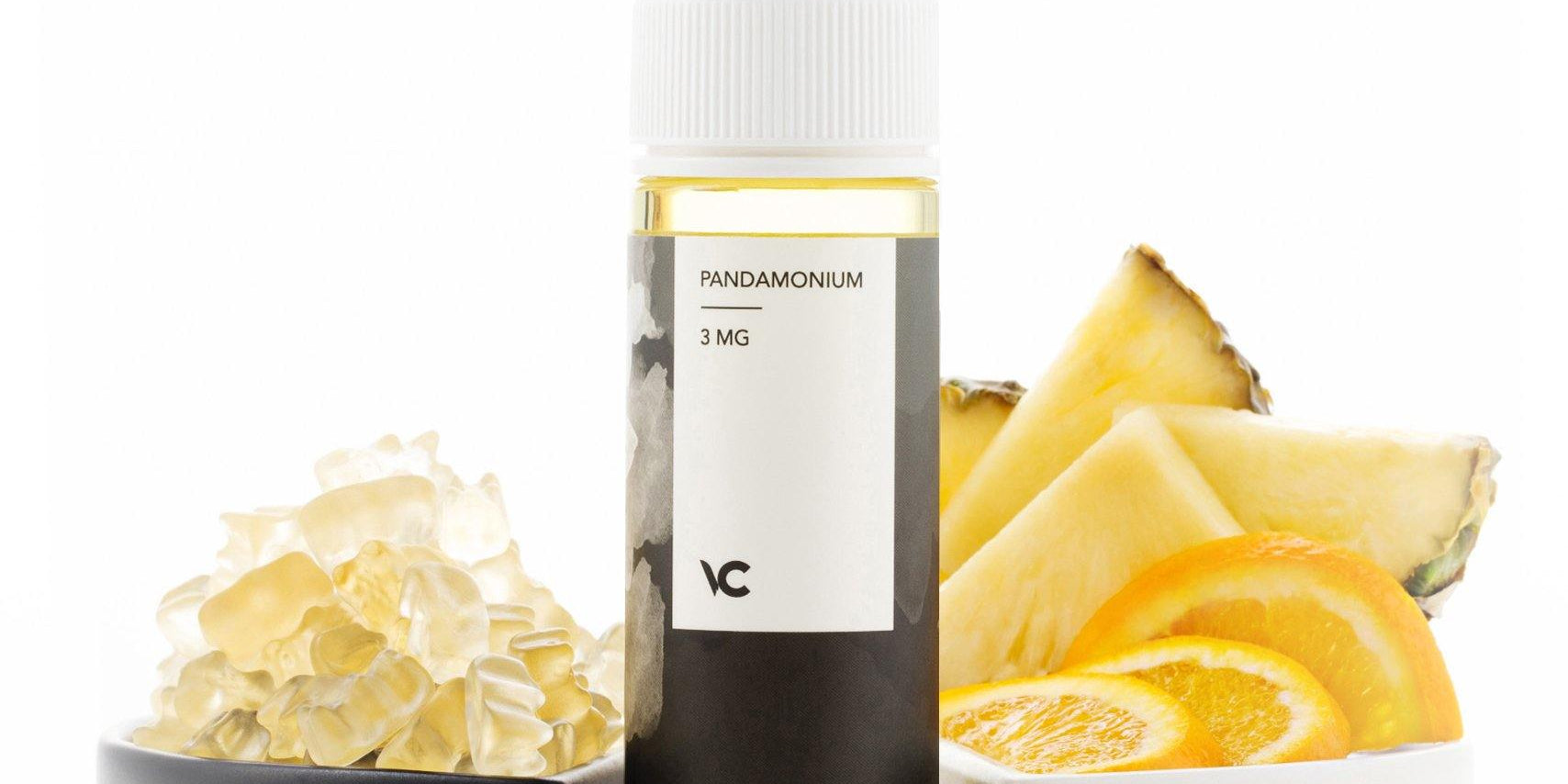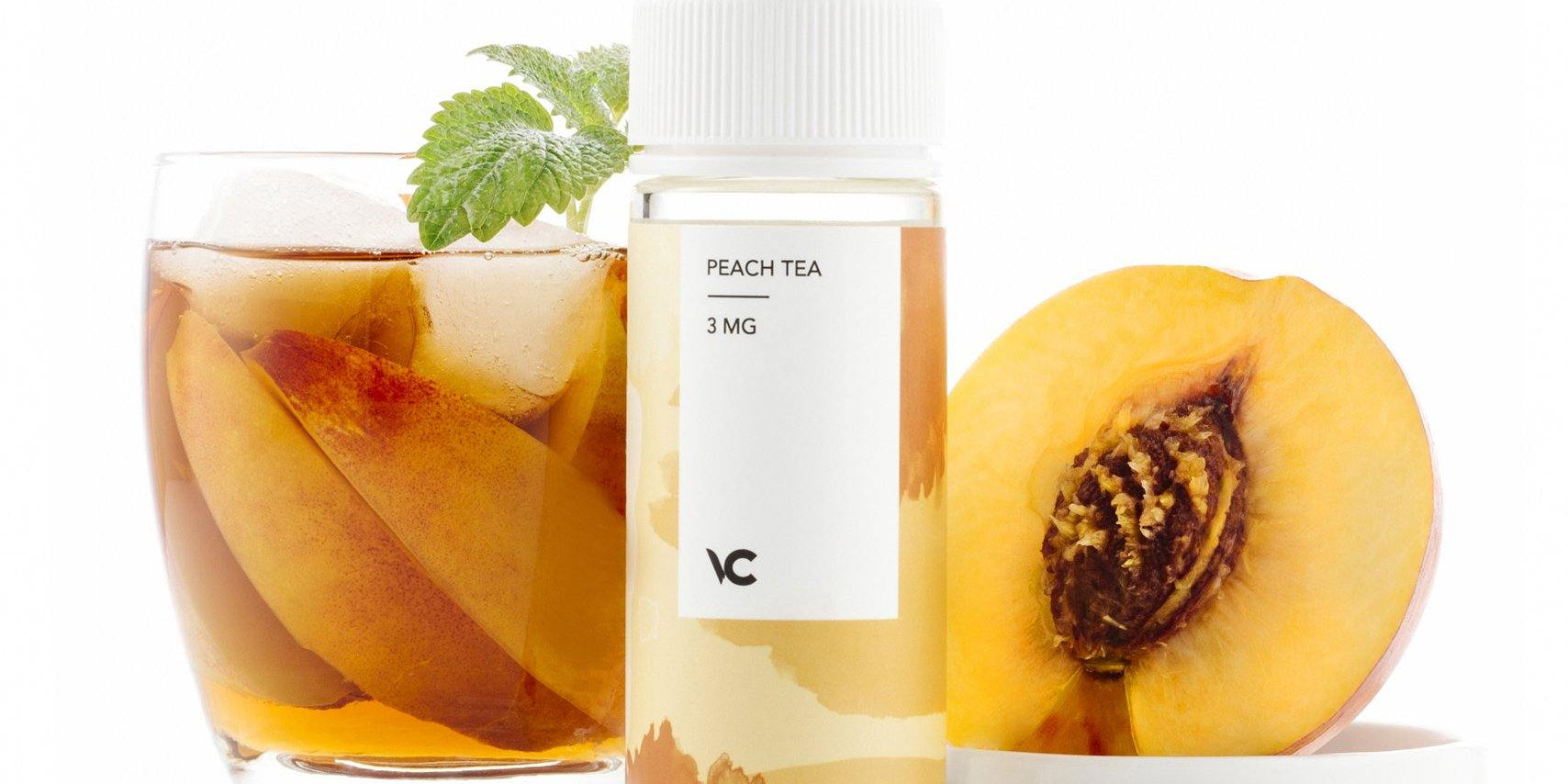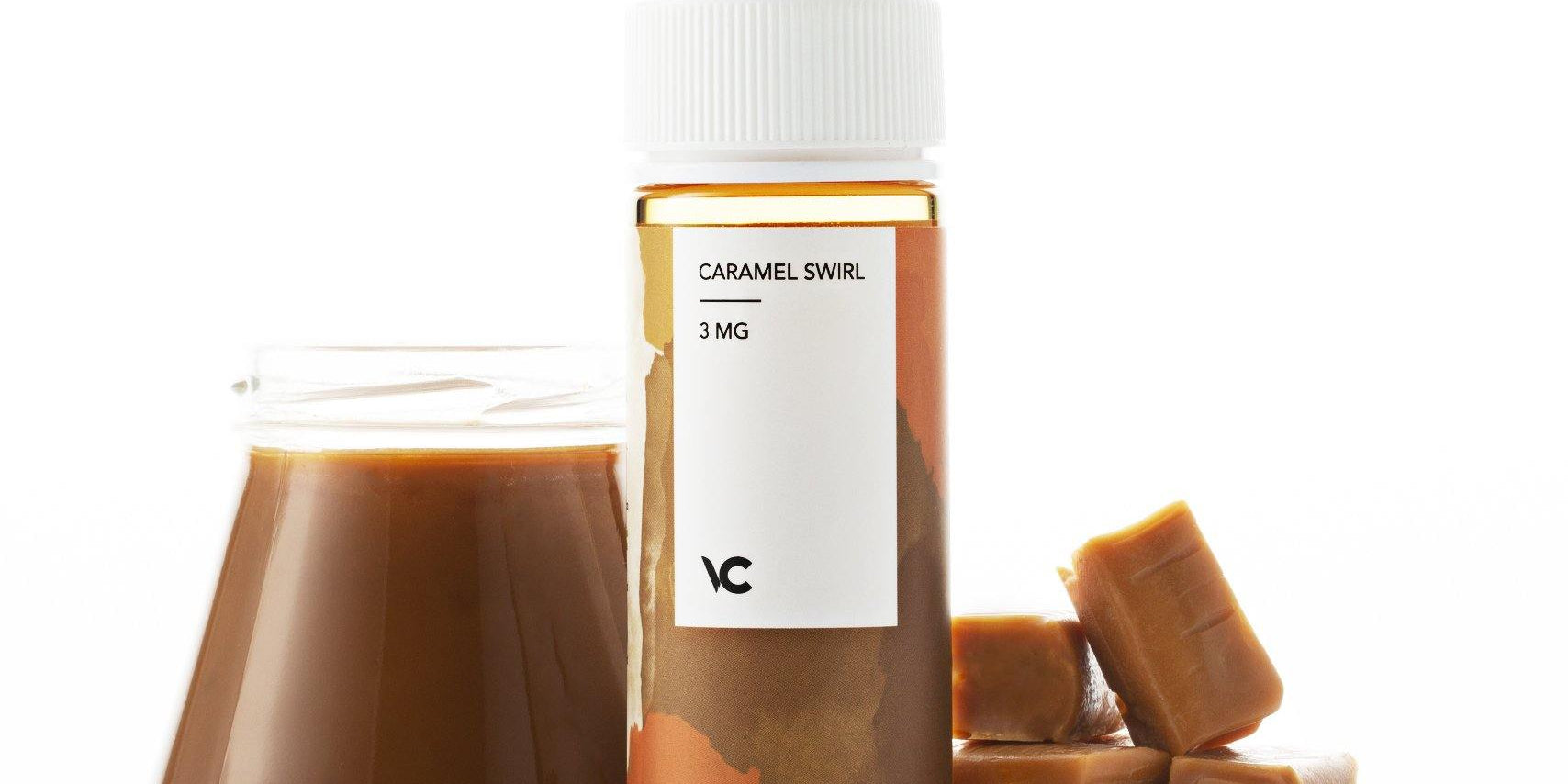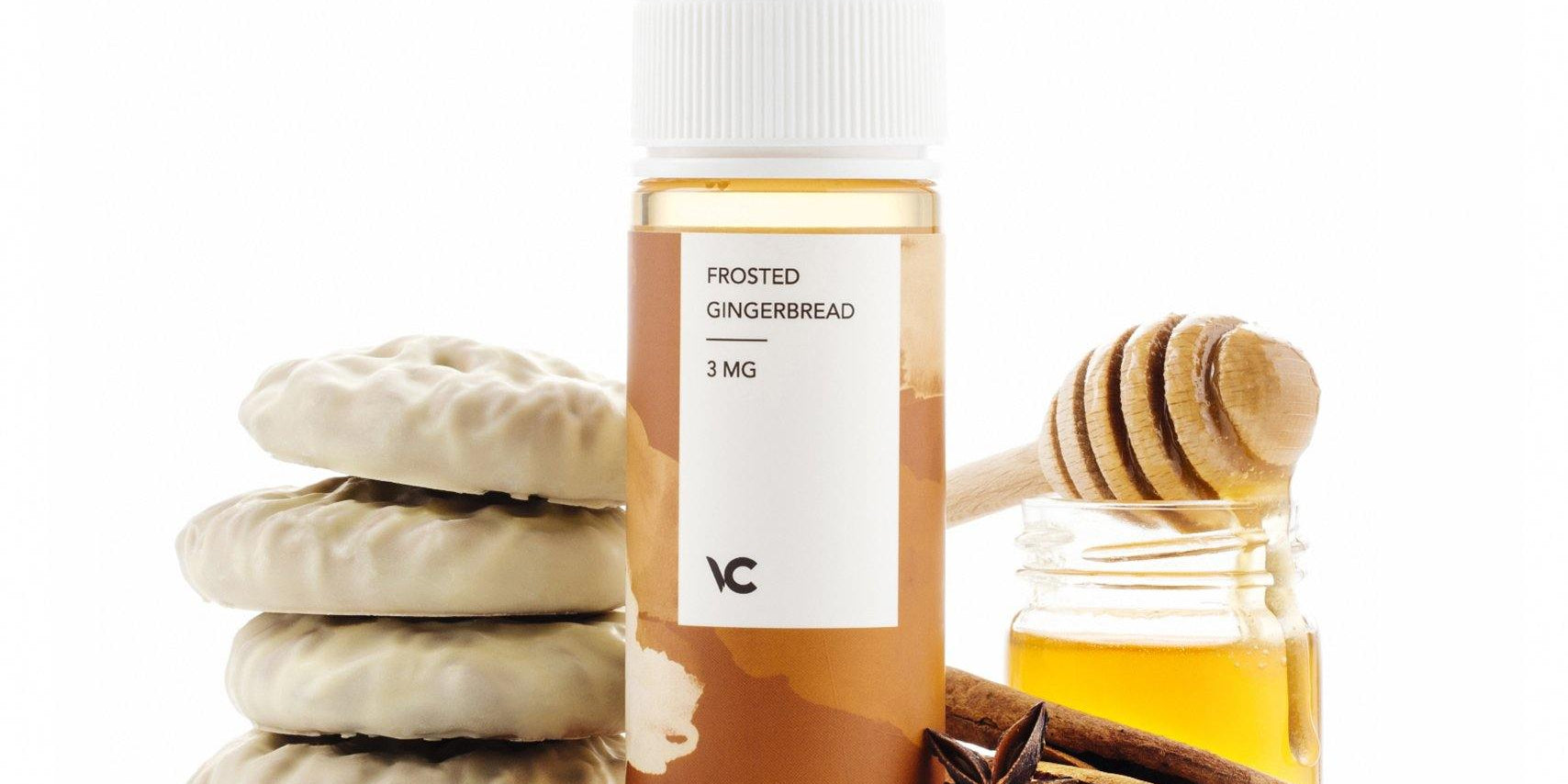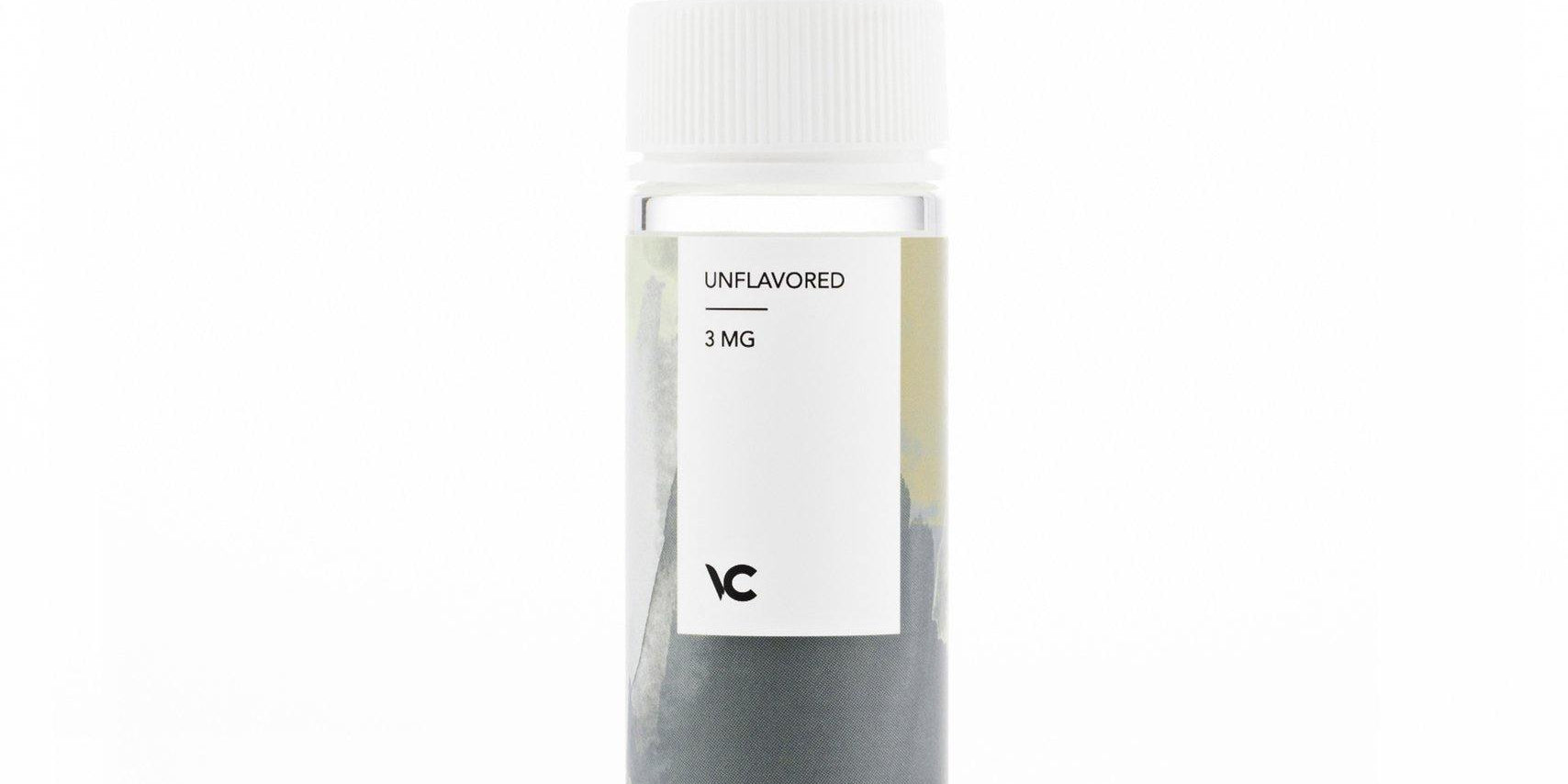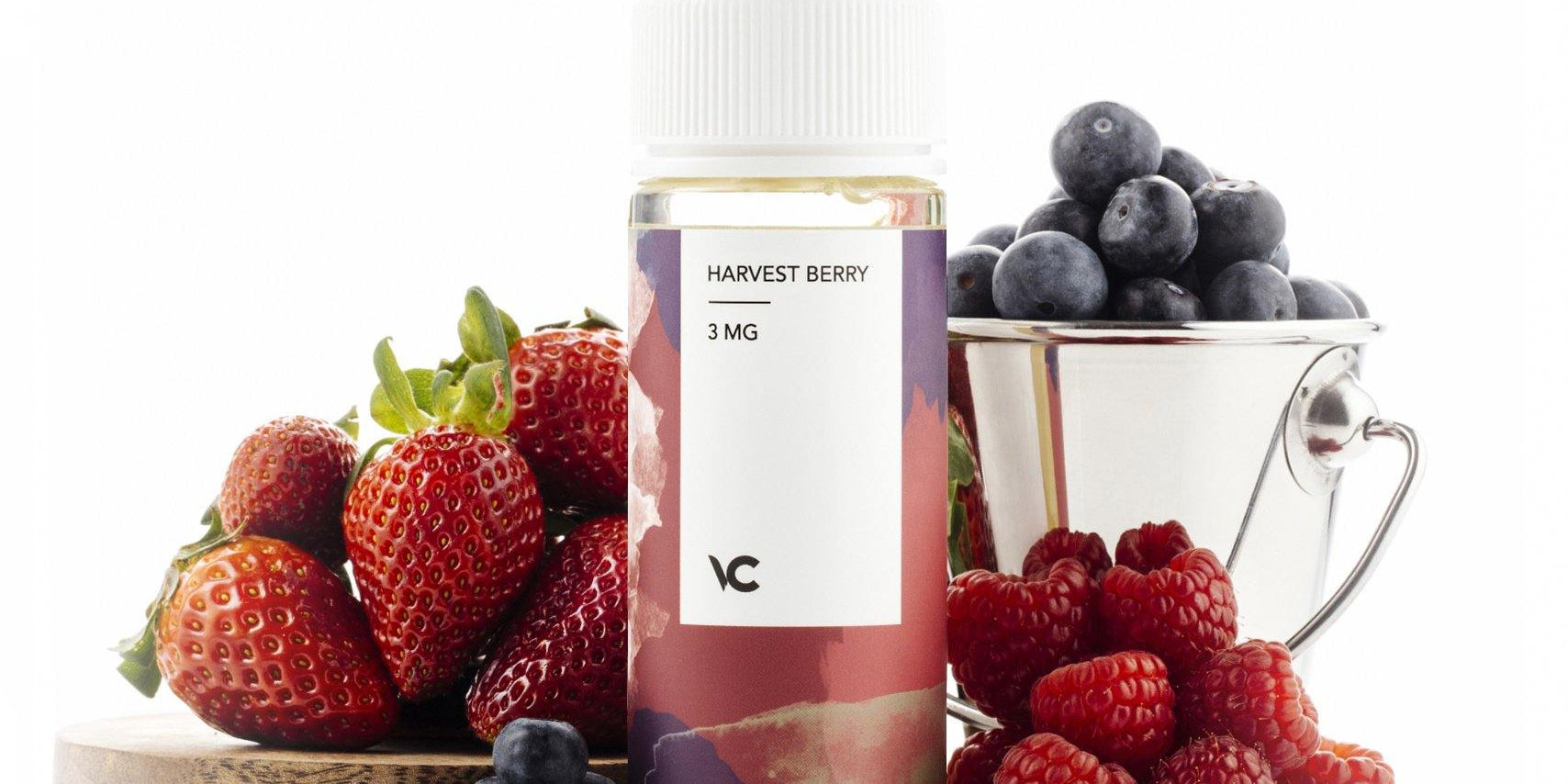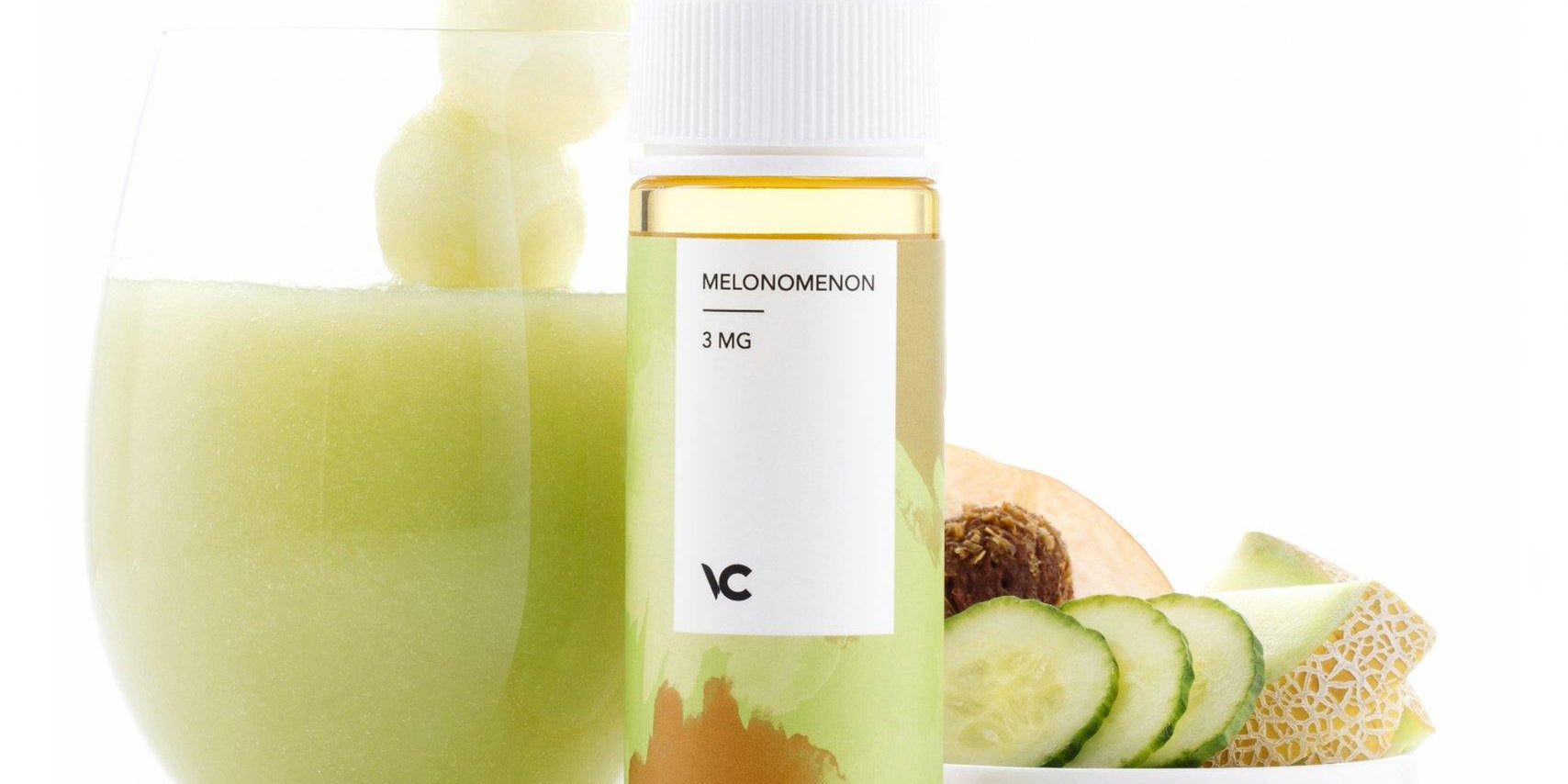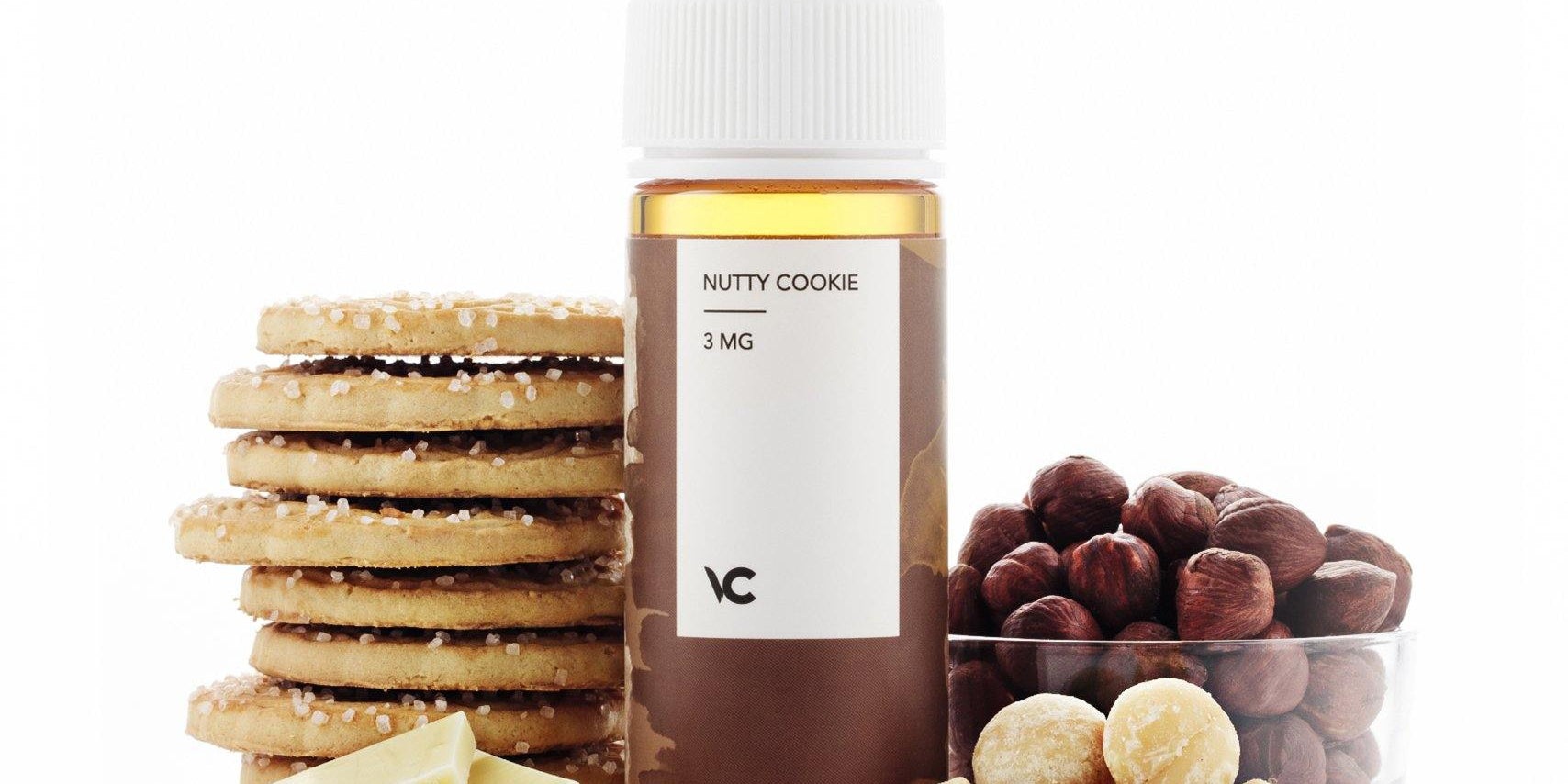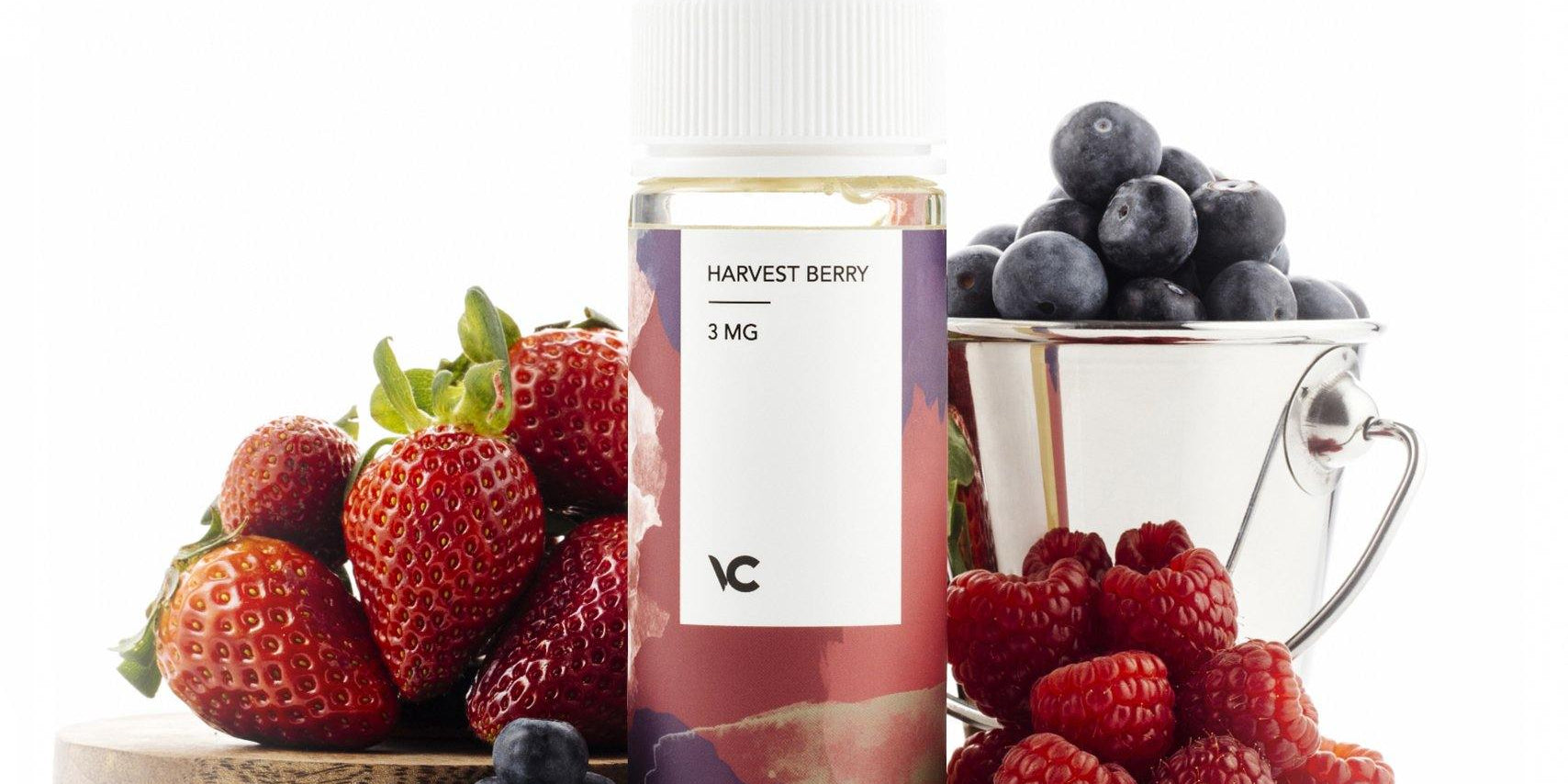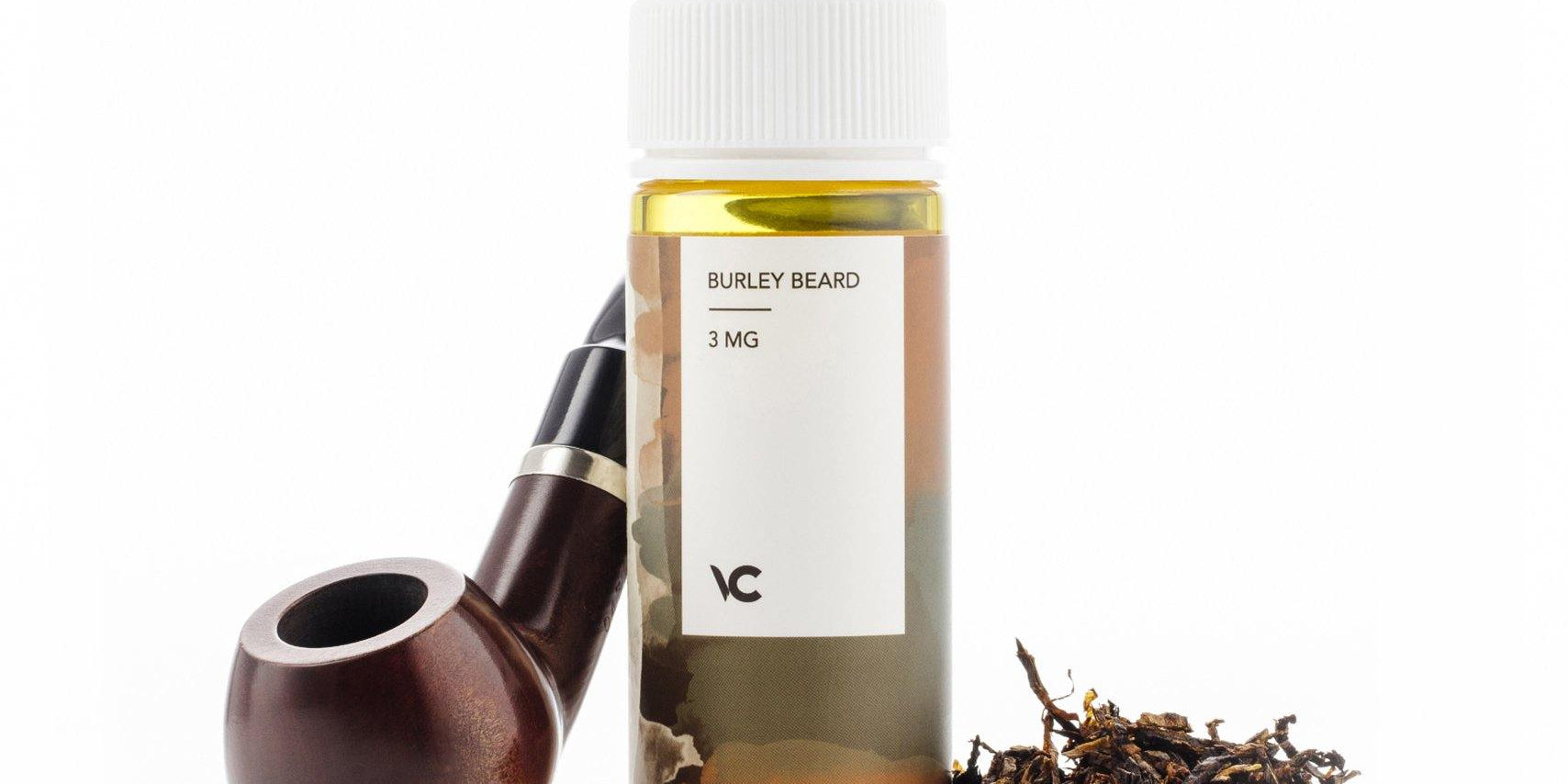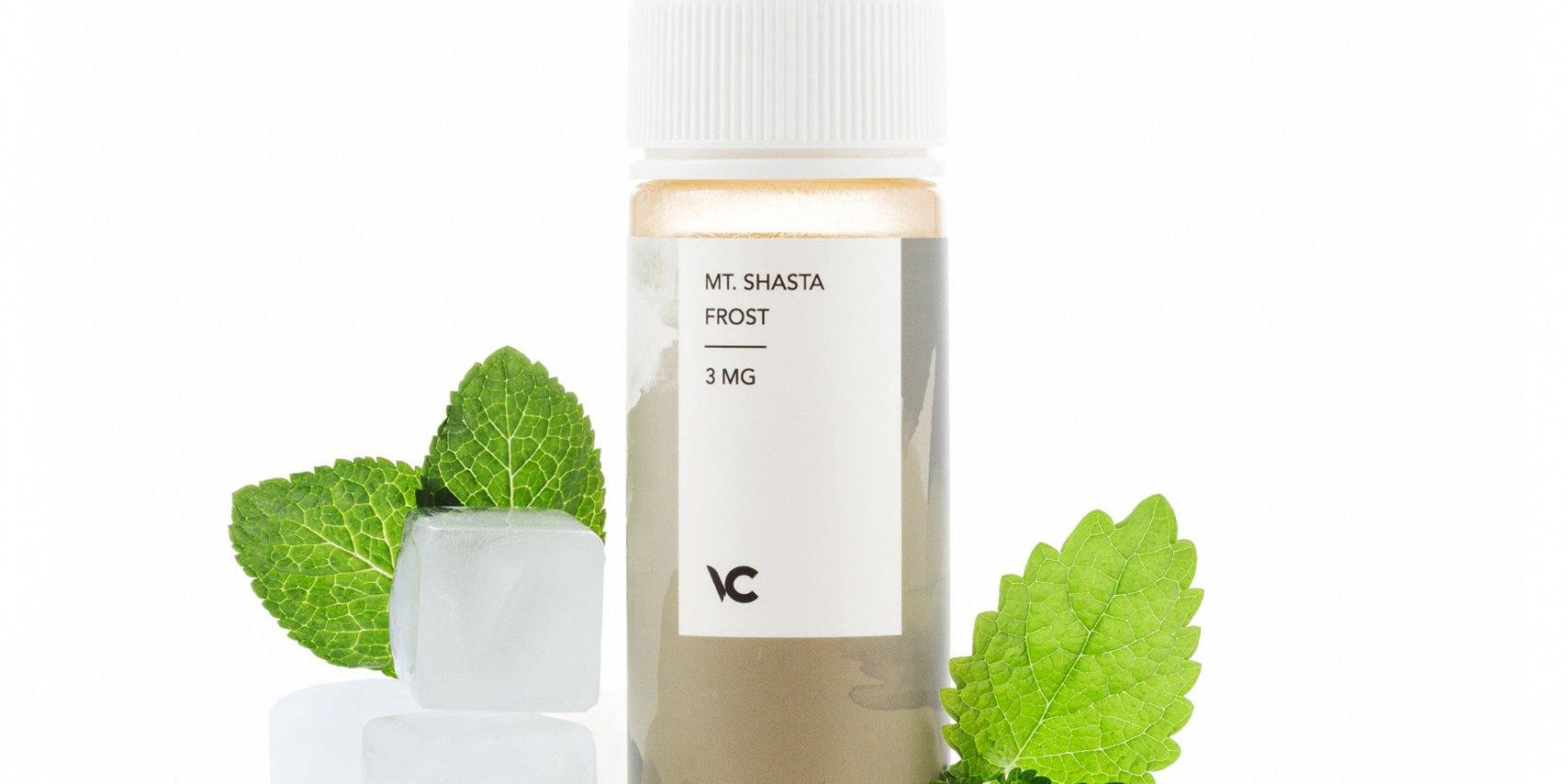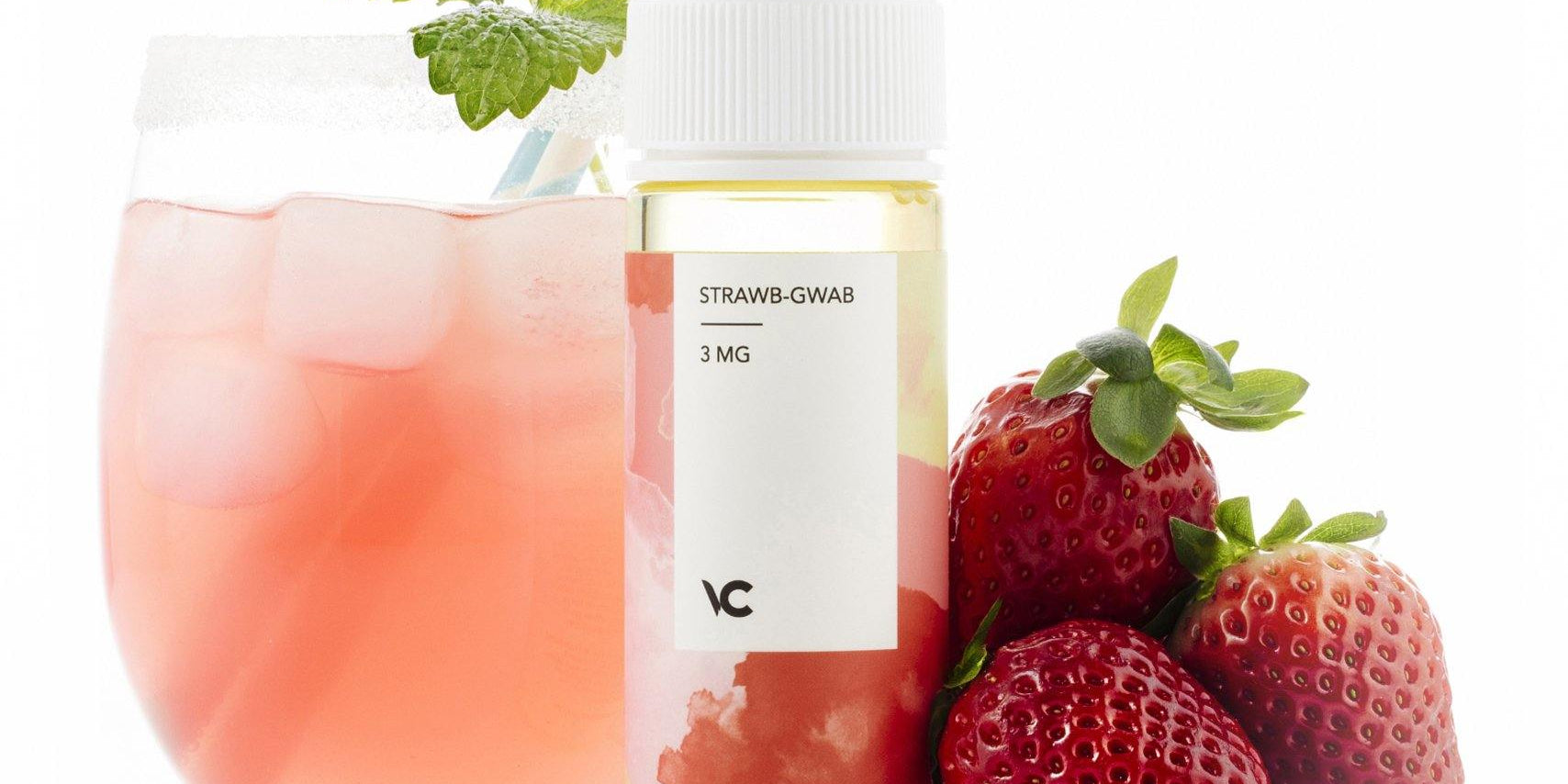Vape juice, or e-liquid, is the fluid in electronic cigarettes that creates aromatic vapor. The main ingredients in vape juice include propylene glycol (PG), vegetable glycerin (VG), nicotine, and flavorings. Vape juice does not contain tar, nicotine, or many of the harmful chemicals and combustion byproducts found in traditional cigarettes. The ingredients come in various ratios and strengths to produce a spectrum of flavors and effects.
Overview of the main components
Propylene glycol, vegetable glycerin, nicotine, and flavorings in e-liquids create diverse vapor densities, smoothness, flavors, and strengths depending on their ratios and concentrations.
Propylene Glycol (PG)
Propylene glycol is one of the core ingredients in vape juice. The base liquid compound evenly distributes nicotine and flavorings throughout the mixture. It is a colorless, odorless, slightly sweet-tasting compound derived from propylene oxide, a petroleum byproduct.
- Solvent Base: PG is primarily used as a solvent base in e-liquids. It dissolves nicotine and flavorings, ensuring they are evenly distributed throughout the liquid.
- Throat Hit: PG provides a more substantial throat hit, which many users find similar to the sensation of smoking traditional cigarettes.
- Low Viscosity: PG has a lower viscosity, producing thinner vapor clouds.
- Flavor Carrier: PG is an excellent flavor carrier, allowing for a more pronounced and sharper taste in e-liquids.
The FDA has classified PG as "generally recognized as safe" (GRAS) for use in food and drugs, and it's widely found in cosmetics, medications, and food additives. However, heating VG in e-cigarettes can produce harmful compounds like formaldehyde and acetaldehyde.
Some studies have raised concerns about potential respiratory irritation, damage, and allergic reactions, especially in people with sensitive airways or pre-existing respiratory conditions. The long-term health effects of inhaling PG in e-liquids are still under investigation.
Vegetable Glycerin (VG)
Vegetable glycerin (VG) is another core ingredient in vape juice. It is a clear, odorless, sweet-tasting liquid similar to propylene glycol. However, it is derived from plant oils such as soy, palm, or coconut and has distinct properties in e-cigarettes.
- Carrier Base: VG acts as a carrier base in vape, dissolving nicotine and flavorings but with different effects than PG.
- Smooth Vapor: VG produces a smoother vapor, which can be gentler on the throat than PG.
- High Viscosity: VG has a higher viscosity, leading to thicker and more substantial vapor clouds.
- Slightly Sweet Taste: VG has a more pronounced sweetness, which can affect the overall flavor profile of the e-liquid.
The FDA also classifies VG as "generally recognized as safe" (GRAS) for food, drugs, and cosmetics use. It is widely used in skincare products, pharmaceuticals, and food additives.
However, heating VG in e-cigarettes can produce harmful compounds that cause inflammation, irritation, and potential damage, just like PG. People with lung sensitivities are at increased risk.
Nicotine (Optional)
Nicotine is an optional ingredient in vape juice that delivers stimulating and mood-boosting effects. It is a naturally occurring compound found in tobacco plants and is highly addictive.
If you’re transitioning away from smoking cigarettes, nicotine in vape juice can provide a satisfying throat hit that curbs your cravings. You can also customize e-liquid nicotine levels, gradually reducing intake if the goal is to quit nicotine altogether.
Nicotine in vape juice is also popular for its potential nootropic properties.
- Enhance focus and attention: Nicotine interacts with nicotinic acetylcholine receptors in the brain, which are involved in attention and focus. This interaction can boost adrenaline and dopamine levels, enhancing mood and energy.
- Improve memory: Nicotine may enhance both immediate and longer-term memory.
- Increase alertness: Nicotine can temporarily increase alertness and wakefulness.
- Speed up reaction time: Studies have shown that nicotine can improve reaction time in certain tasks.
However, nicotine's addictive effects pose a significant drawback. While potentially safer than cigarettes, vaping can perpetuate nicotine dependence. It also harms the developing brain, particularly in youth and young adults, leading to cognitive and behavioral impairments. During pregnancy, nicotine exposure can result in low birth weights, preterm delivery, stillbirth, and lasting consequences for the newborn’s developing brain and lung function.
Flavorings
Flavorings in vape juices are chemical compounds that add diverse and enjoyable tastes to e-cigarettes. They come in thousands of varieties, designed to mimic fruits, desserts, and even tobacco. Additionally, flavorings help mask the harshness of nicotine, providing a smoother and more palatable experience.
Unfortunately, flavorings can also pose health risks. A Yale University study found that:
- Vanillin (vanilla extract) turns into acetals when aerosolized, causing lung irritation and damage.
- Menthol (mint flavor) suppresses respiratory irritation and increases nicotine intake, leading to higher addiction potential. It can also impair lung function.
Other studies have found:
- Cinnamon-flavored e-liquids can disrupt airway function and cause significant cell damage and stress.
- Diacetyl, used for buttery flavors, is linked to Obliterative bronchiolitis, an incurable lung disease known as "Popcorn Lung." Additionally, buttery alternatives, such as 2,3-pentanedione, may have similar effects.
Many e-liquid flavorings have yet to be thoroughly tested for inhalation safety.
Additional Ingredients of Vape Juices
So, what is in vape juice besides the main ingredients? E-liquids can contain additional ingredients like water, sweeteners, flavor enhancers, coloring agents, solvents, and preservatives.
- Water: Added to dilute the e-liquid and adjust the e-liquid viscosity.
- Sweeteners: Used to enhance the flavor's sweetness, particularly in dessert or candy-flavored e-liquids. Common sweeteners include sucralose and ethyl maltol.
- Acetyl Propionyl: This flavoring agent enhances the intensity of certain flavors.
- Benzoic Acid: Sometimes added as a preservative to prevent the growth of bacteria and mold.
- Ethanol: Occasionally used as a solvent for certain flavorings.
- Colorings: Some e-liquids may contain food-grade colorings, which are less common.
- Other Chemicals: Trace amounts of different chemicals may be present in vape juice due to the manufacturing process or the breakdown of ingredients during vaping. Some studies have found trace levels of heavy metals.
Velvet Cloud ensures its vape juice ingredients are free from artificial sweeteners, food coloring, GMOs, preservatives, diacetyl, gluten, and animal byproducts. Additionally, they do not contain common allergens like dairy, gluten, or animal byproducts.
Ratios and Variations
Vape juices contain vastly different ratios of their primary ingredients, which can significantly impact the formula and the experience. For example, the PG to VG ratio affects the throat hit, flavor intensity, and vapor production. Nicotine variations affect the strength and nootropic effects.
PG/VG Ratios
- High PG ratios, such as 70/30 PG/VG, produce a stronger throat hit similar to traditional cigarettes. This ratio delivers more intense flavors and has a thinner consistency, making it easier on vape coils. However, it can irritate the throat and produce less vapor.
- High VG ratios, like 30/70 PG/VG or Max VG, offer a smoother throat hit and create more giant vapor clouds. High VG provides a smoother bit, which people love. However, its thicker consistency and noticeable sweetness can clog coils faster and slightly reduce flavor intensity.
- A balanced ratio, such as 50/50 PG/VG, provides a good compromise, offering a balanced throat hit and vapor production.
Nicotine Variations
- Nicotine-free options (0mg) are ideal if you’re looking to enjoy vaping for the flavors and experience without the nicotine.
- Low nicotine levels (3-6mg) are suitable if you’re a light smoker or looking to reduce your nicotine intake gradually.
- Medium nicotine levels (9-12mg) are typical among moderate smokers who want a noticeable throat hit without it being too harsh.
- High nicotine levels (18-24mg) might work best for heavy smokers or those seeking a strong nicotine hit, similar to traditional cigarettes.
Conclusion
The primary vape juice ingredients include propylene glycol, vegetable glycerin, nicotine, flavorings, and additional additives. PG provides a strong throat hit and better flavor intensity, while VG offers smoother vapor and more giant clouds. Nicotine delivers stimulating and mood-boosting effects, while flavoring adds diverse tastes. Additional ingredients such as sweeteners, solvents, and preservatives may also be present. All components can enhance the vaping experience but can also cause adverse health effects. Consumers should seek vape juice products that prioritize high-quality ingredients.
FAQs
Is there sugar in vape juice?
Vape juice, including Velvet Cloud, typically does not contain sugar or artificial sweeteners. However, some vape juices use sucralose or ethyl maltol to achieve sweet flavors without the risk of burning and producing harmful byproducts associated with sugar.
Velvet Cloud does not use added artificial sweeteners in its vape juice formulas.
Is diacetyl in vape juice?
Some vape juices contain diacetyl, a chemical used to create buttery flavors. However, due to health concerns, mainly its association with a lung condition known as "Popcorn Lung," many manufacturers have removed diacetyl from their products or prominently labeled its presence.
How much nicotine Is in a Vape?
The amount of nicotine in vape juice can vary widely, ranging from 0 mg/mL for nicotine-free options to as high as 50 mg/mL in some nicotine salt formulations. Velvet Cloud’s vapes contain nicotine levels of 0, 3, 6, and 12 mg/ml.
Are natural flavorings safer than artificial ones?
Natural flavorings are not necessarily safer than artificial ones in vape juice. Both types of flavorings can produce harmful chemicals when heated and inhaled. A flavoring's safety depends on its chemical composition and how it reacts when aerosolized. Consumers should avoid dangerous flavorings like diacetyl and 2,3-pentanedione.
Can vape juice expire?
Yes, the ingredients in vape juice can expire. Most e-liquids have a shelf life of about one to two years from manufacture. Environmental factors such as exposure to light, heat, and air can accelerate the degradation process, affecting the flavor and nicotine potency. Always check the expiration date and store vape juice in a cool, dark place to maximize its lifespan.
What are the potential side effects of vaping?
Potential side effects of vaping include dry mouth, sore throat, coughing, and headaches. Some people experience allergic reactions or respiratory issues, particularly if they have sensitivities to PG or certain flavorings. Long-term health effects are still being studied, but researchers are concerned about respiratory and cardiovascular risks.
